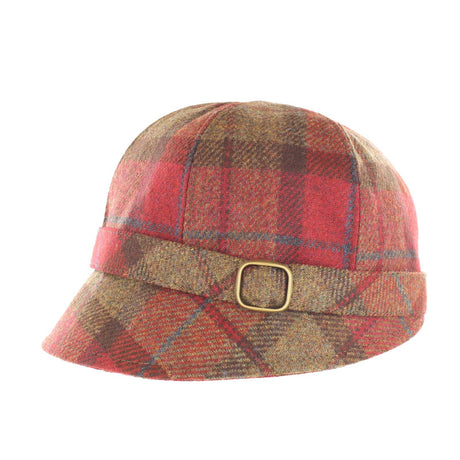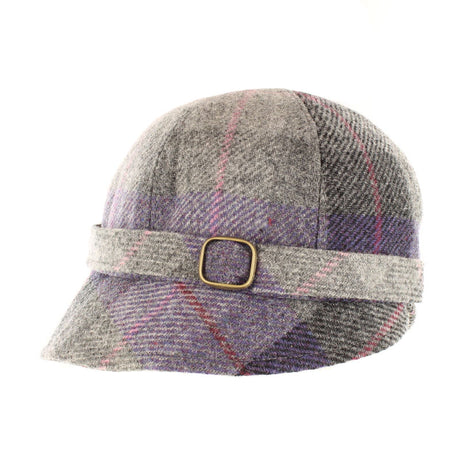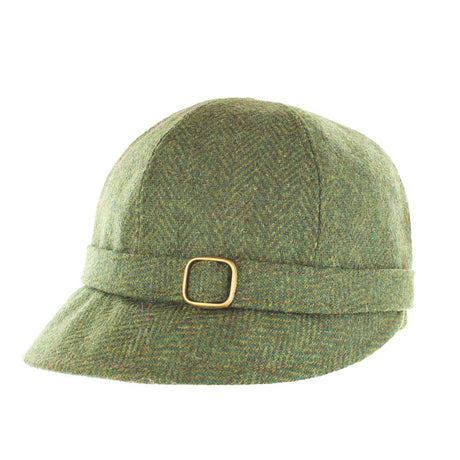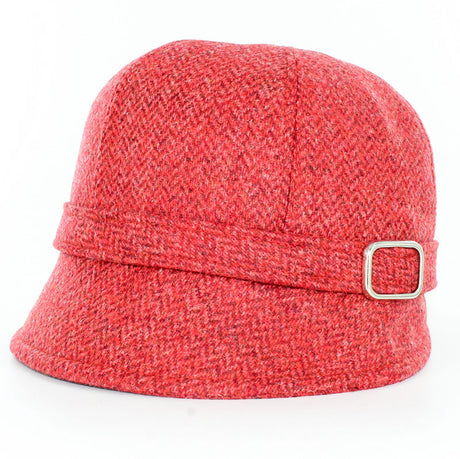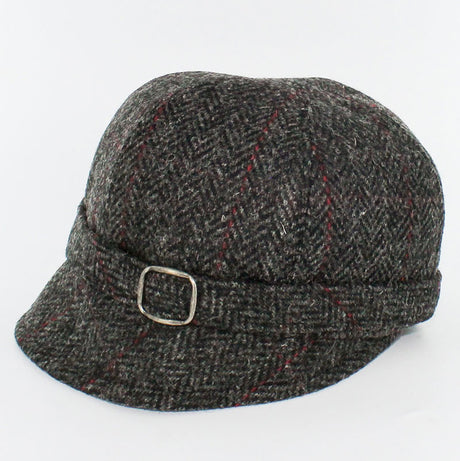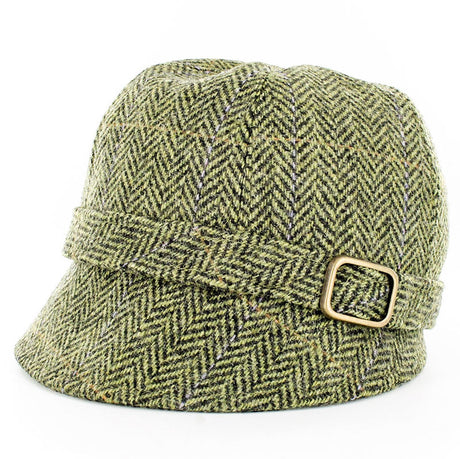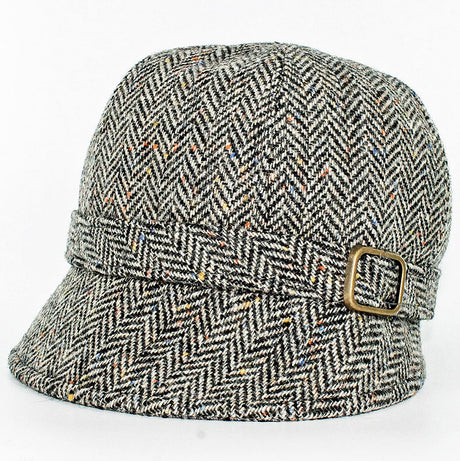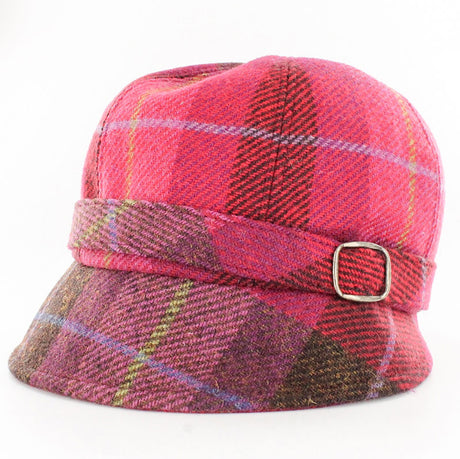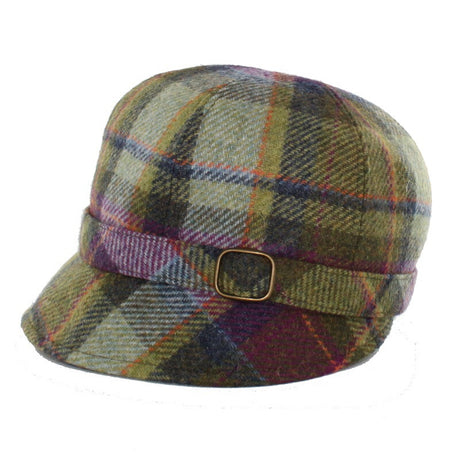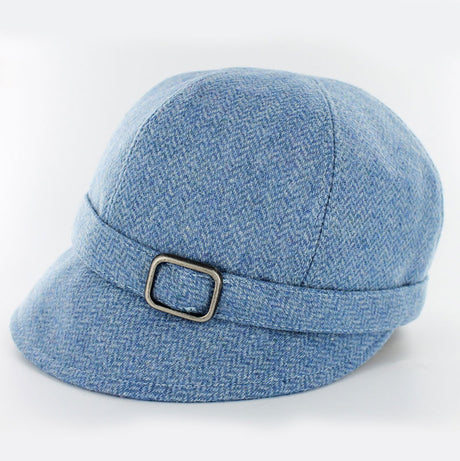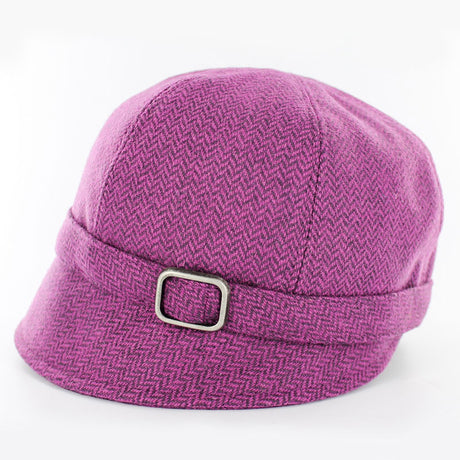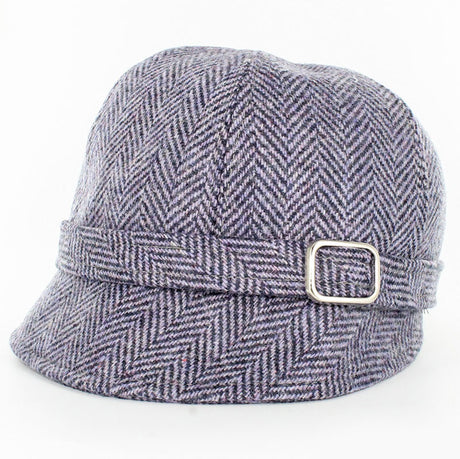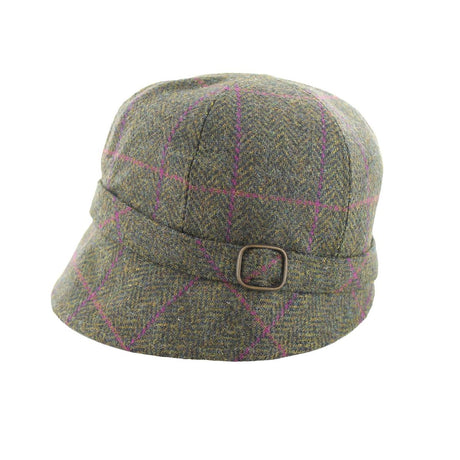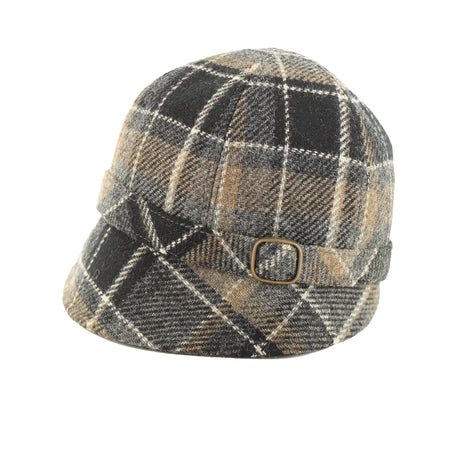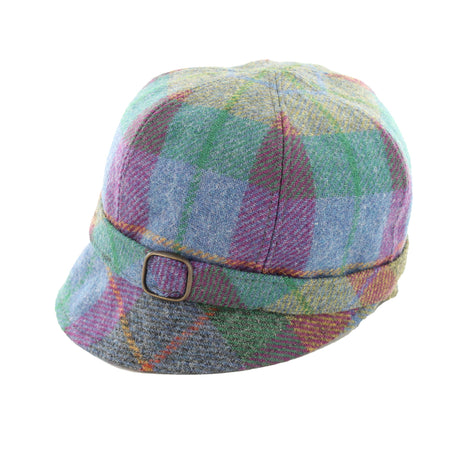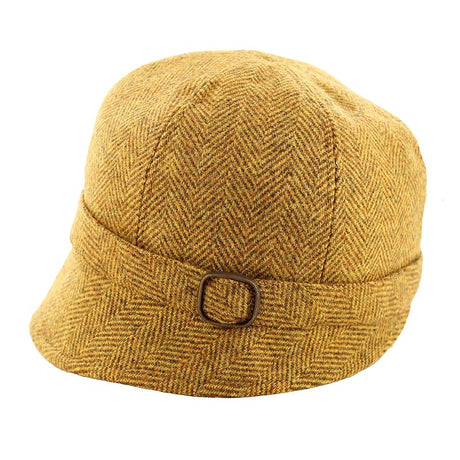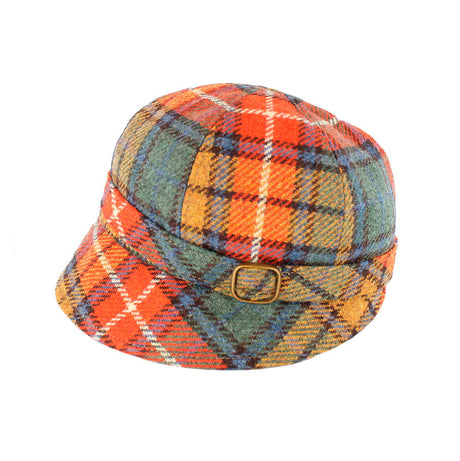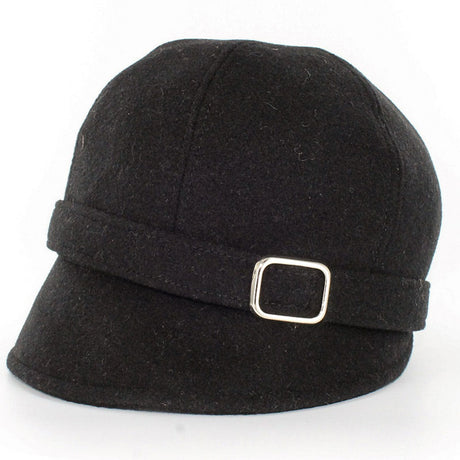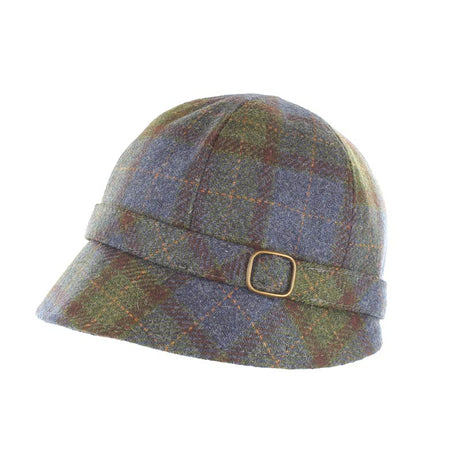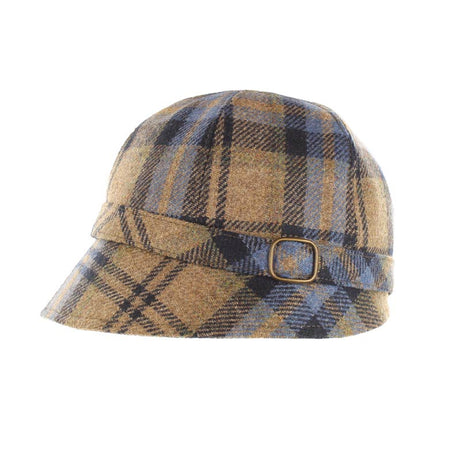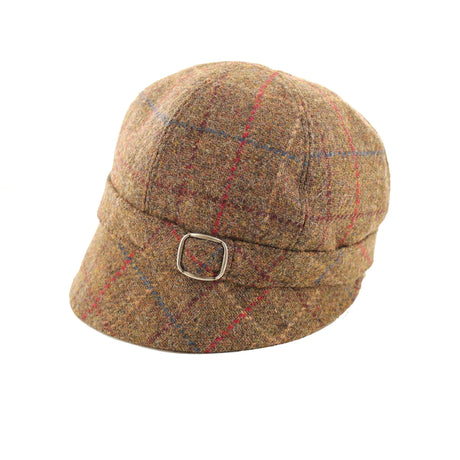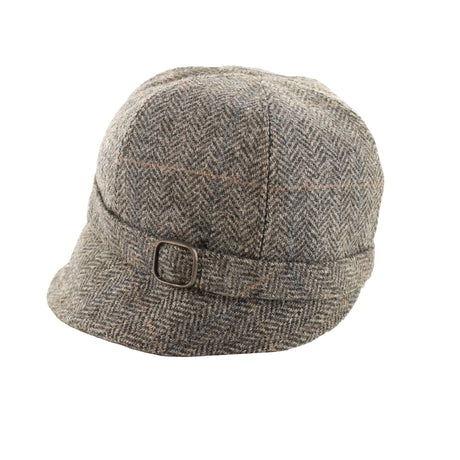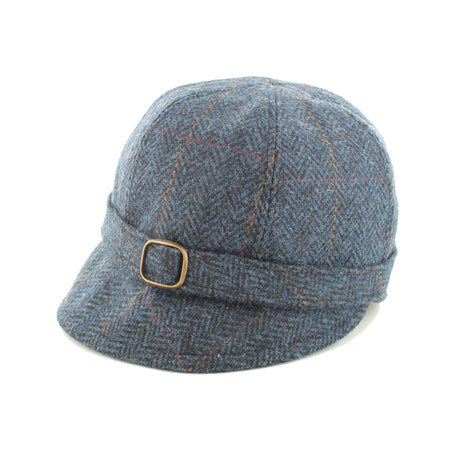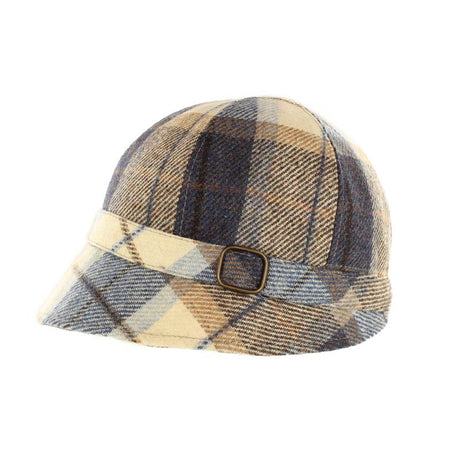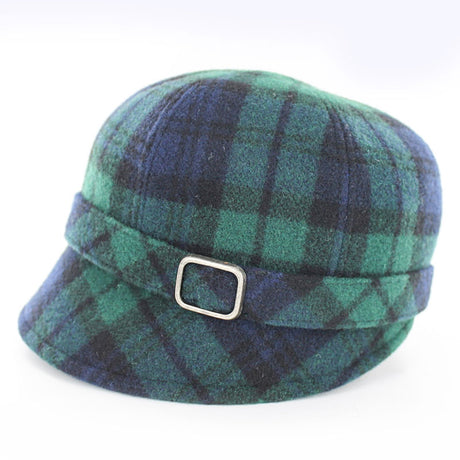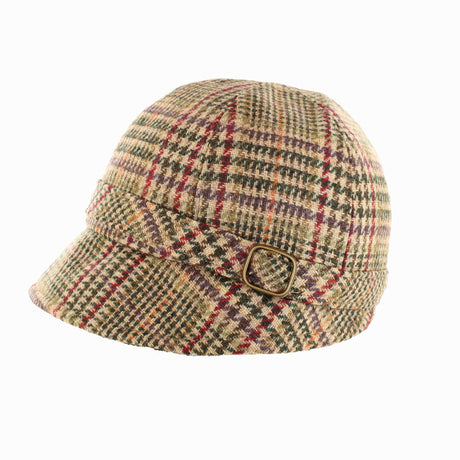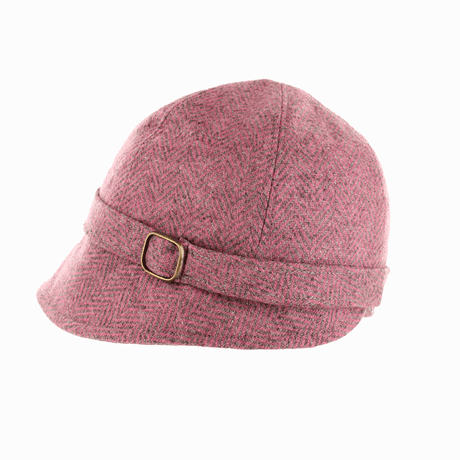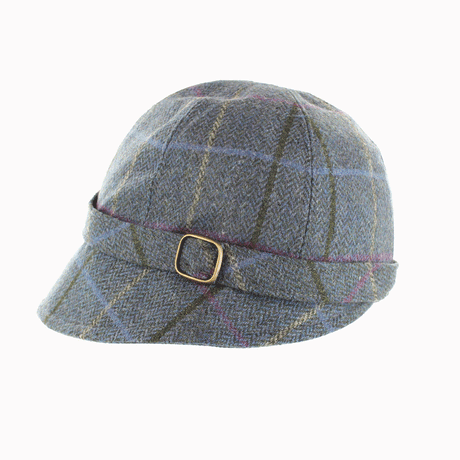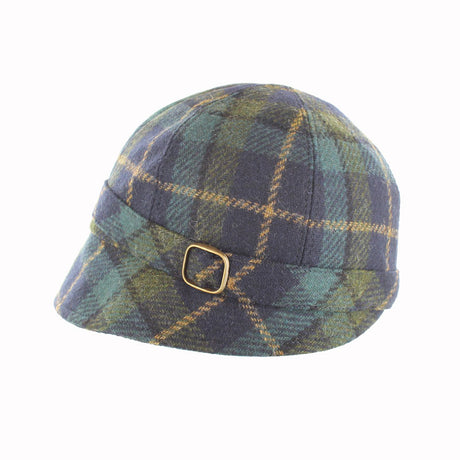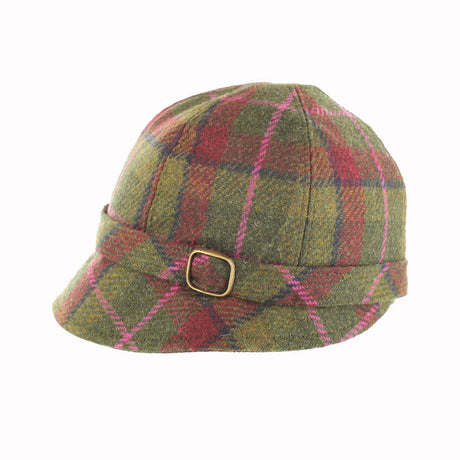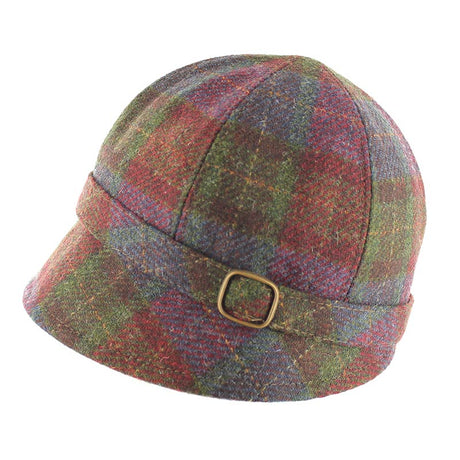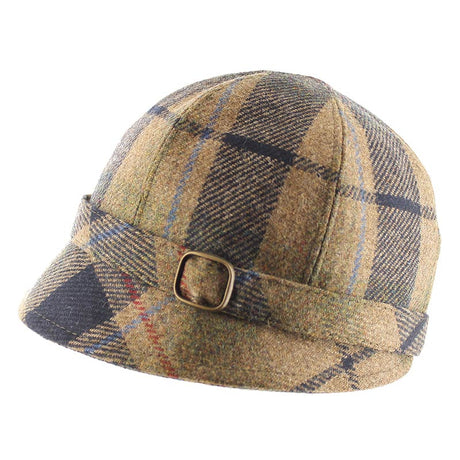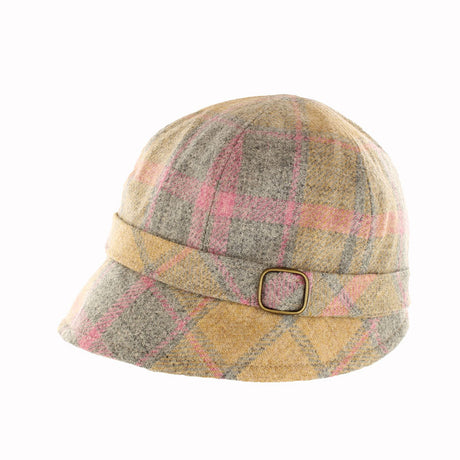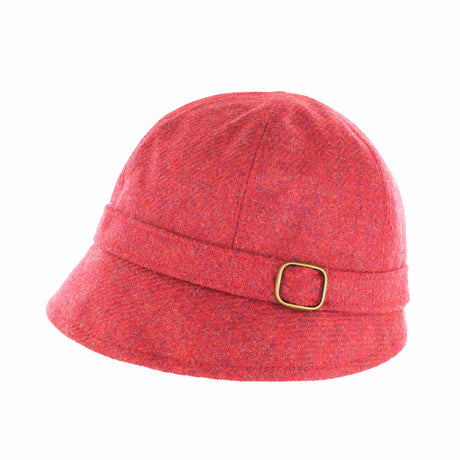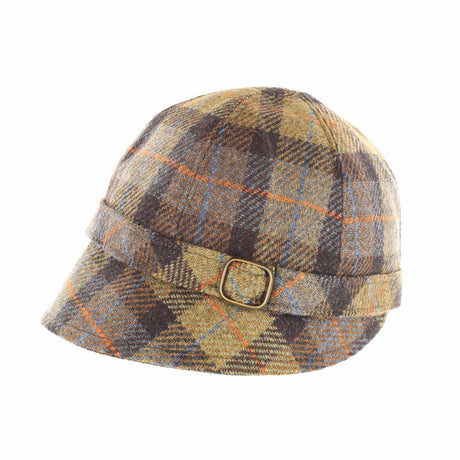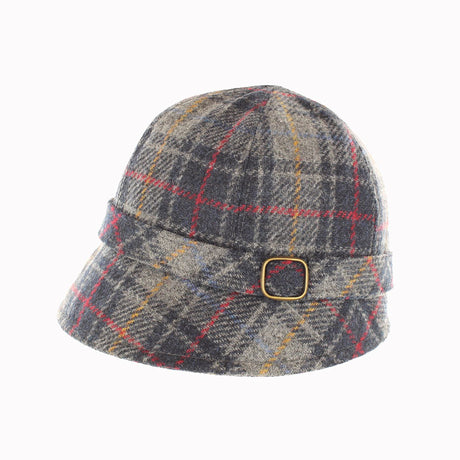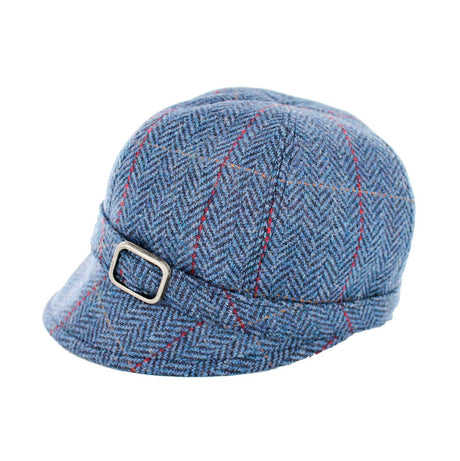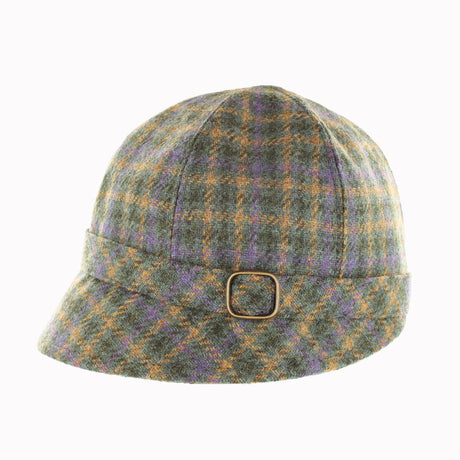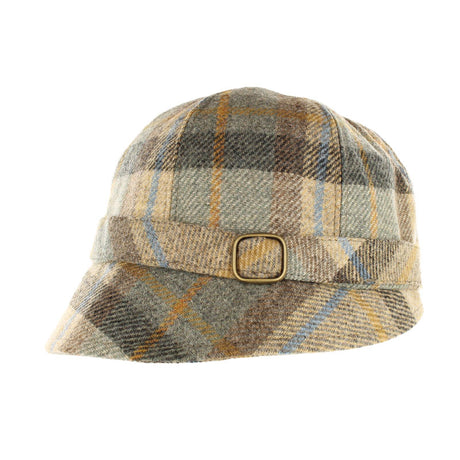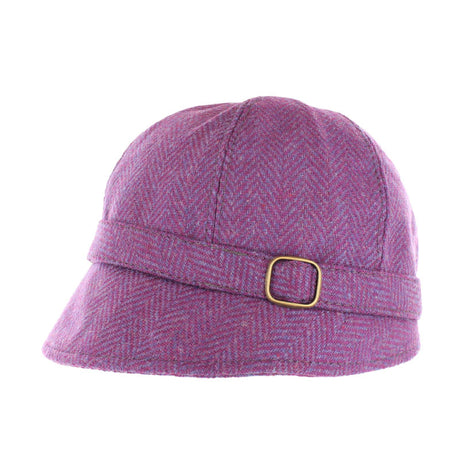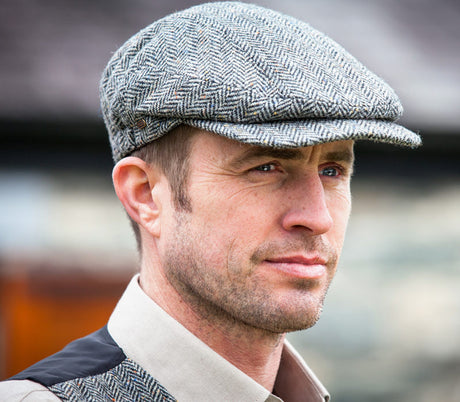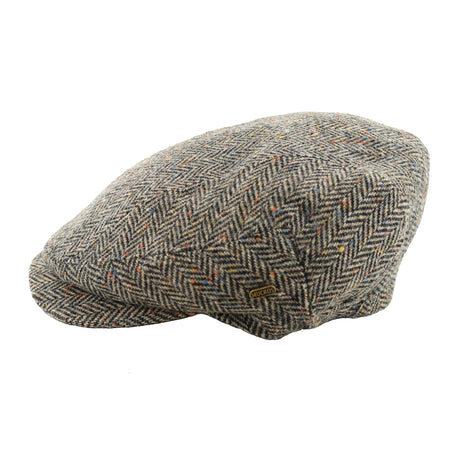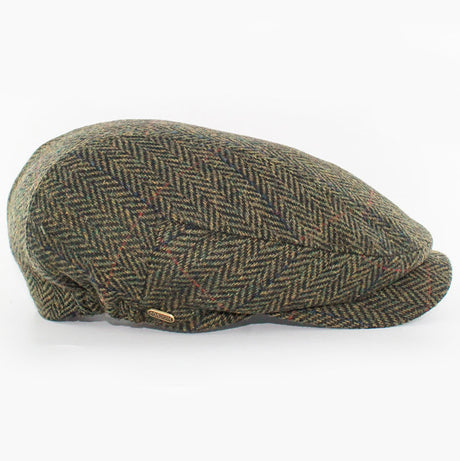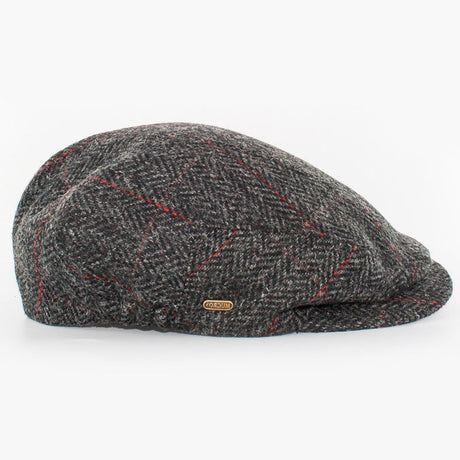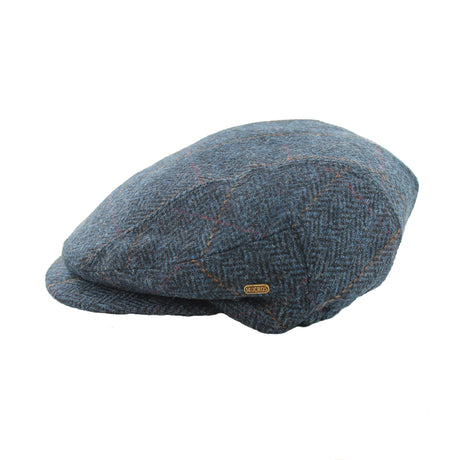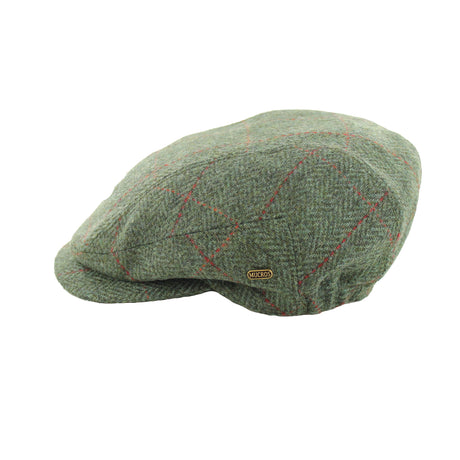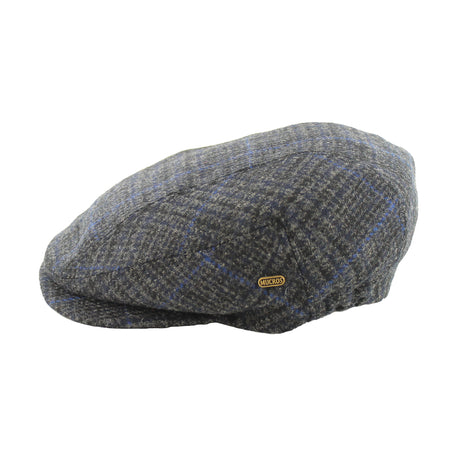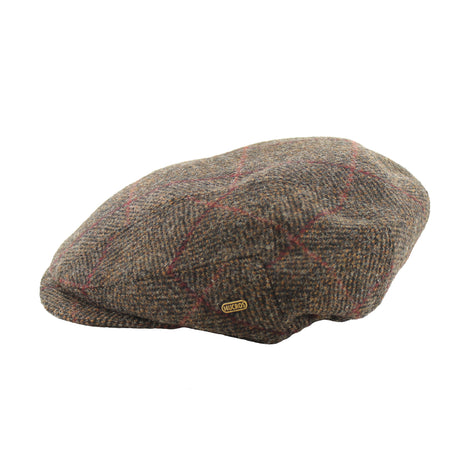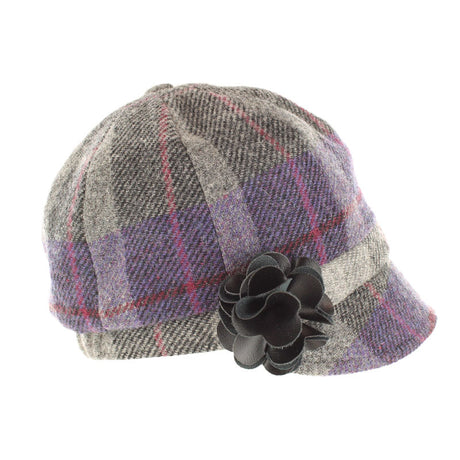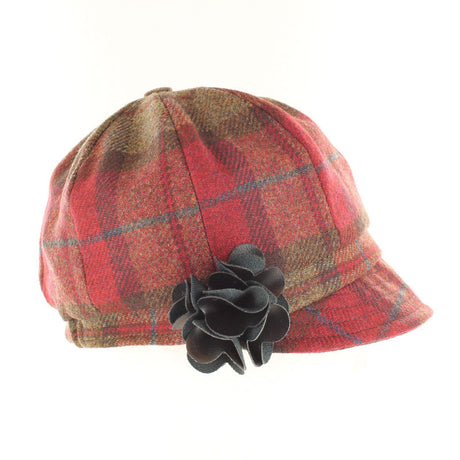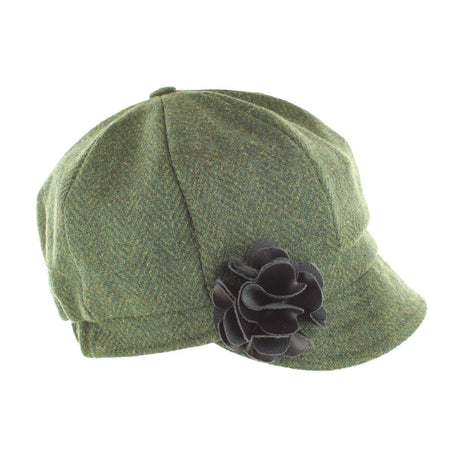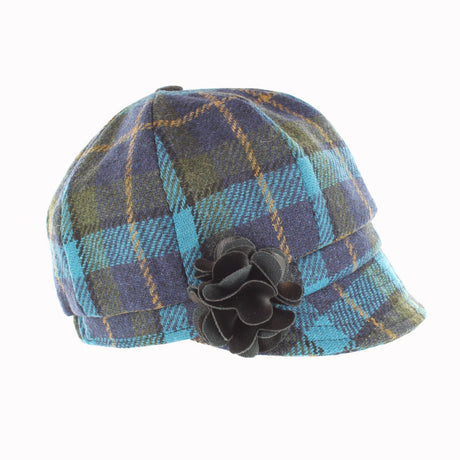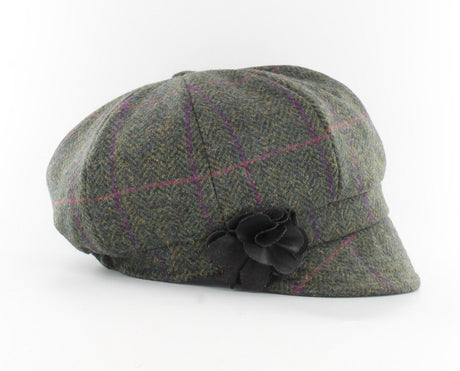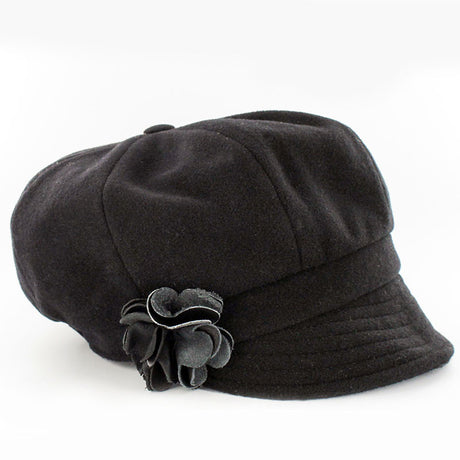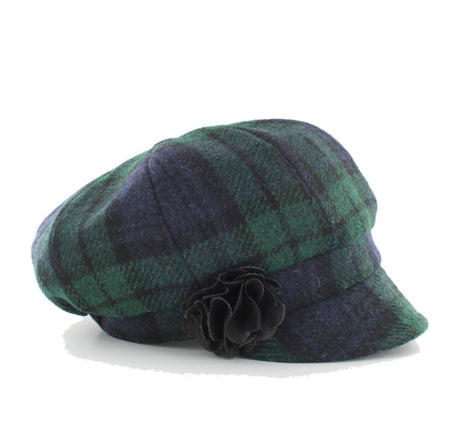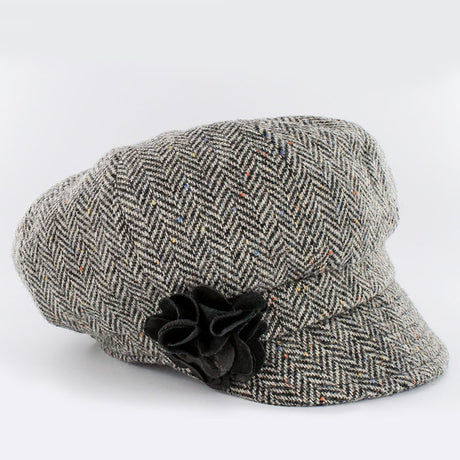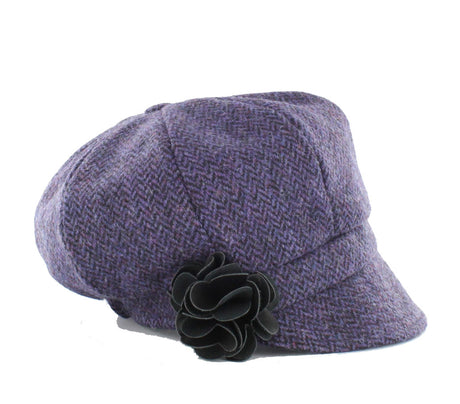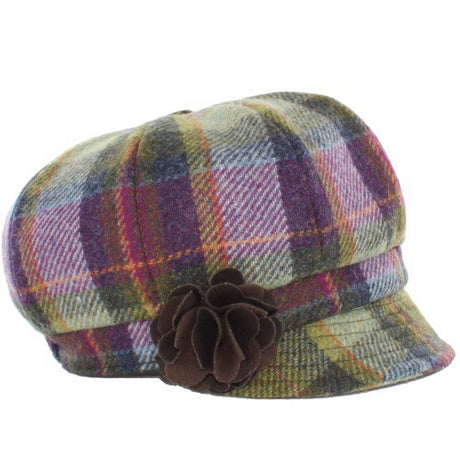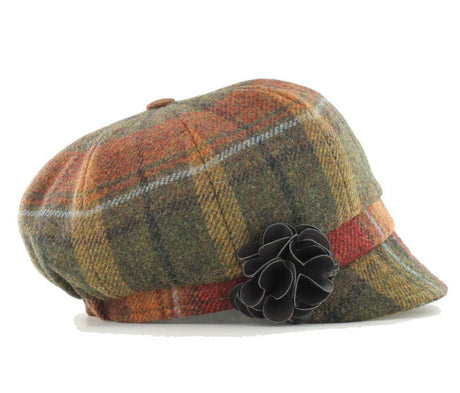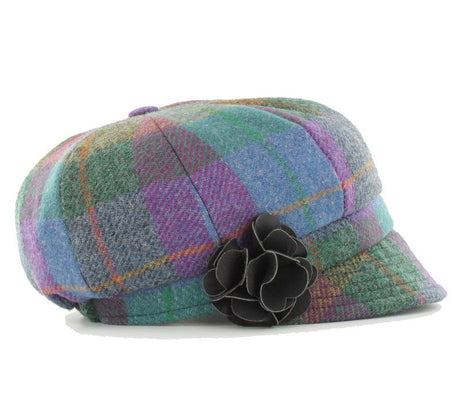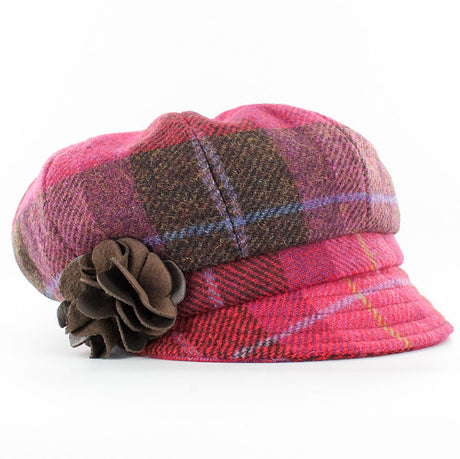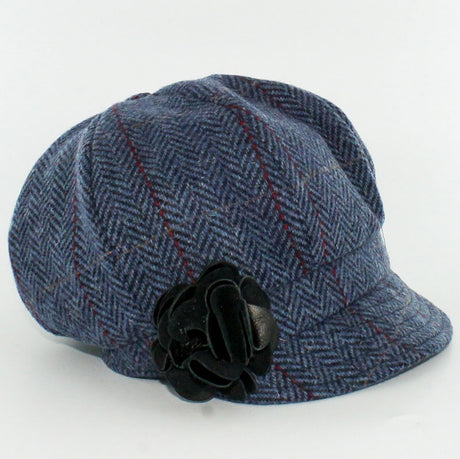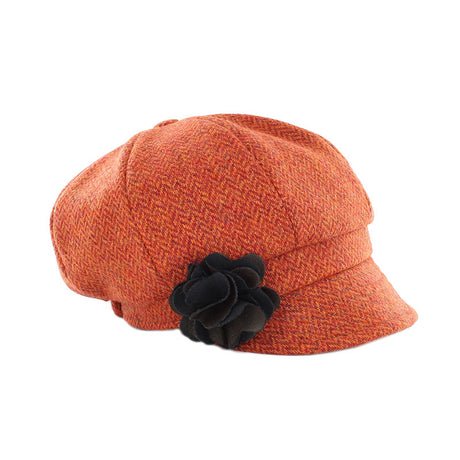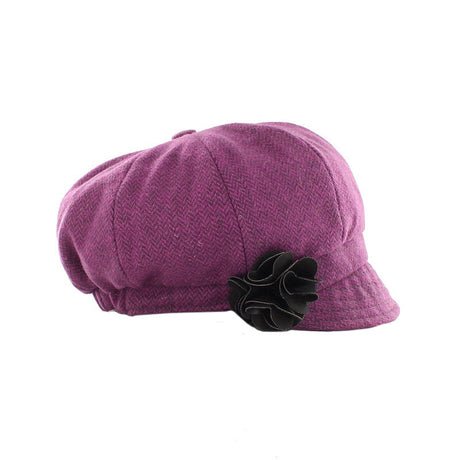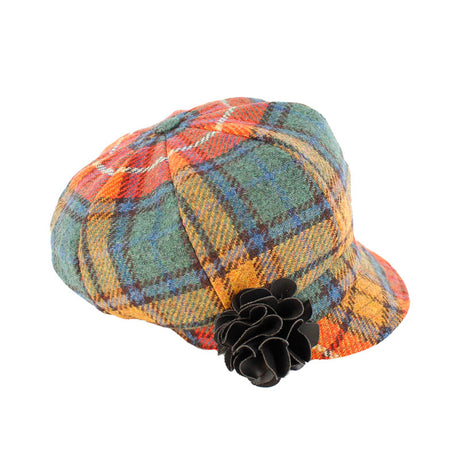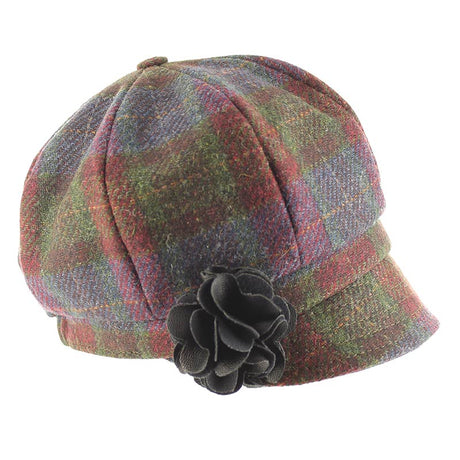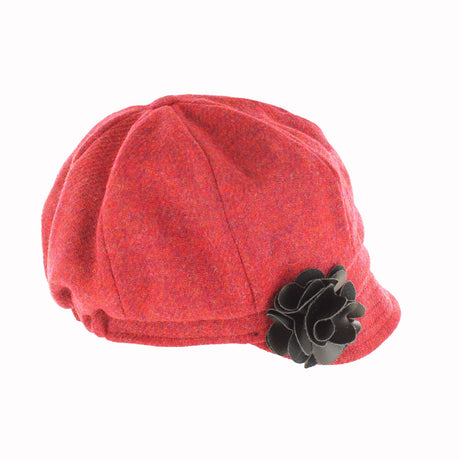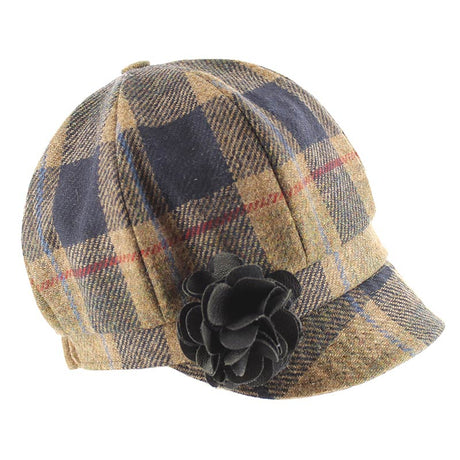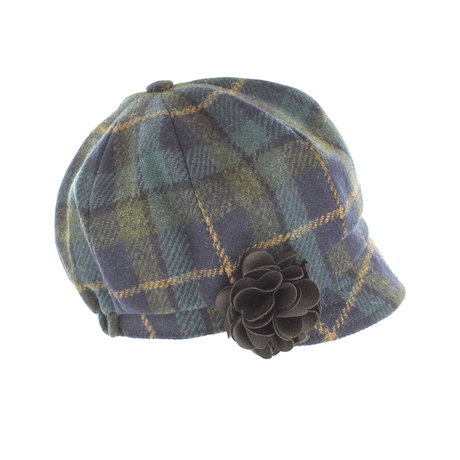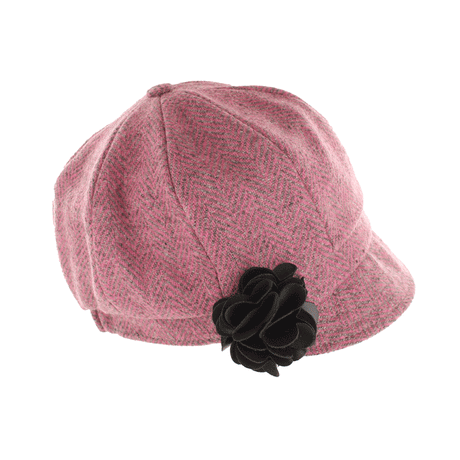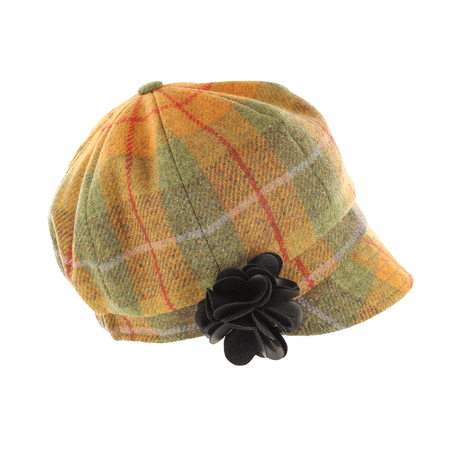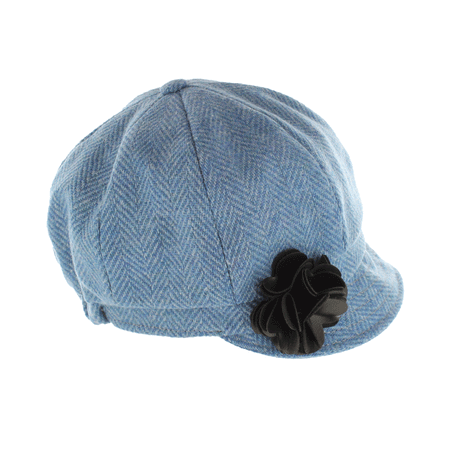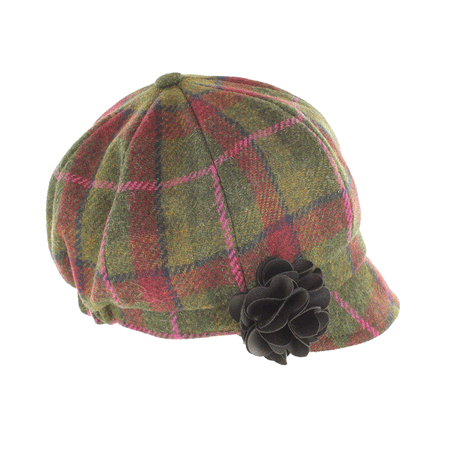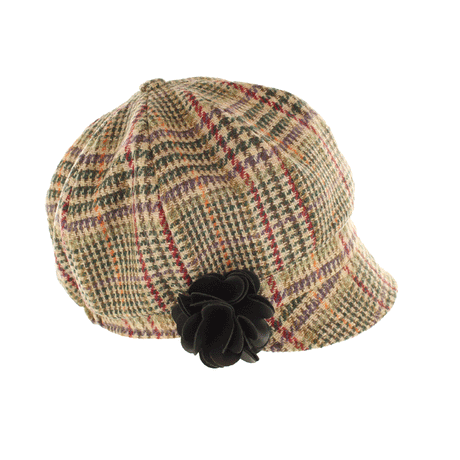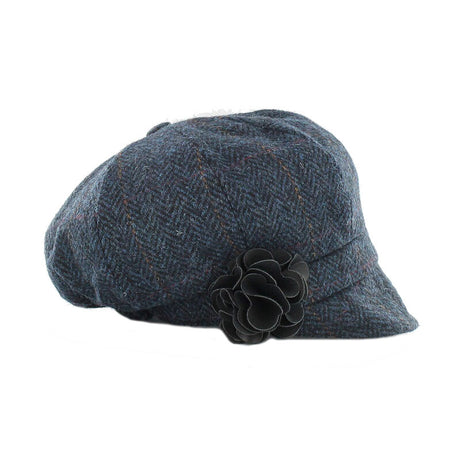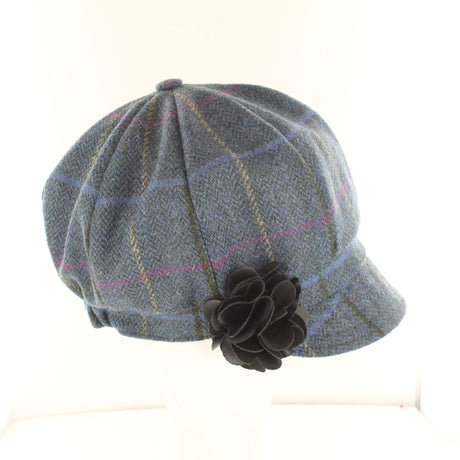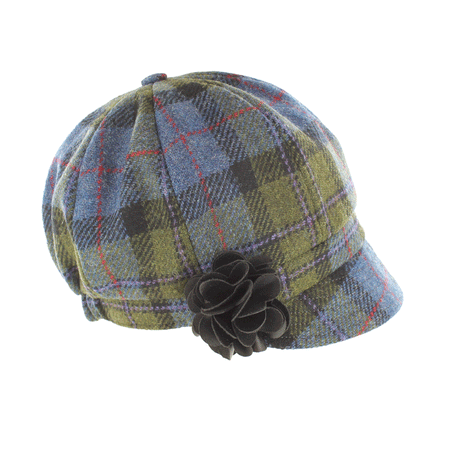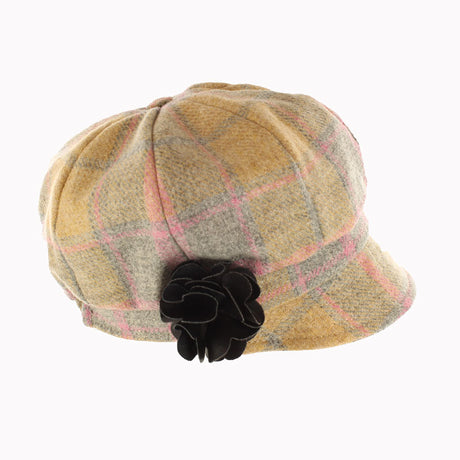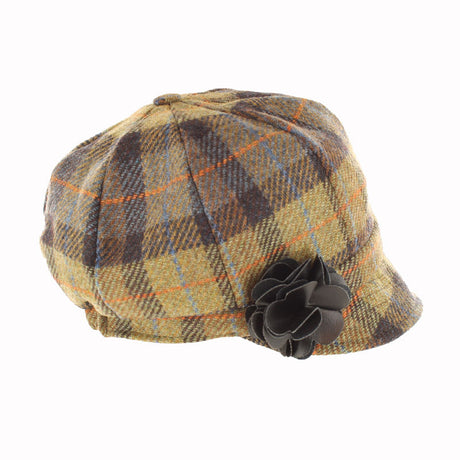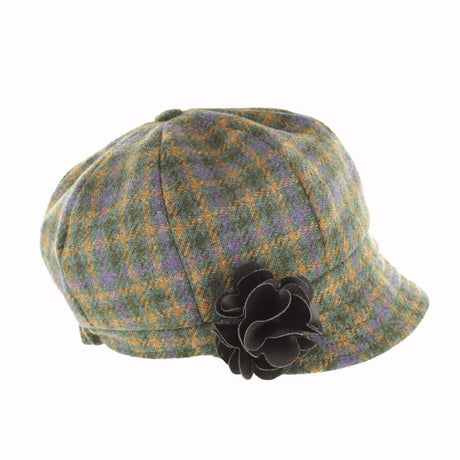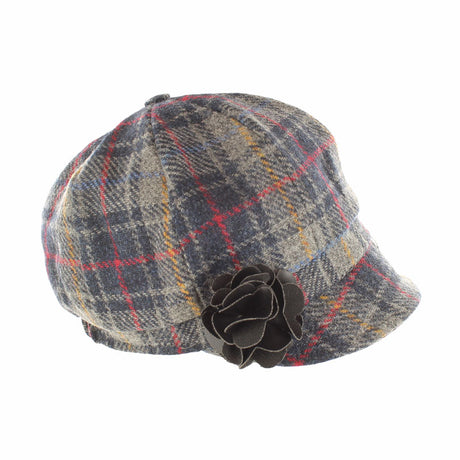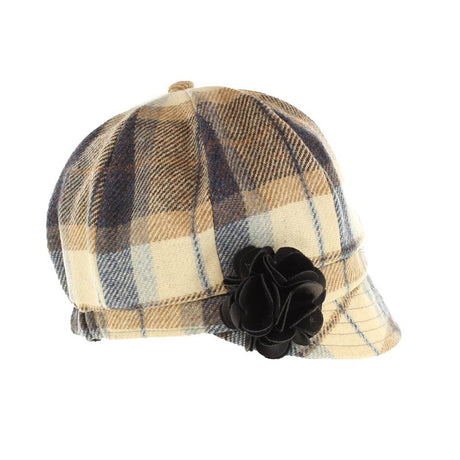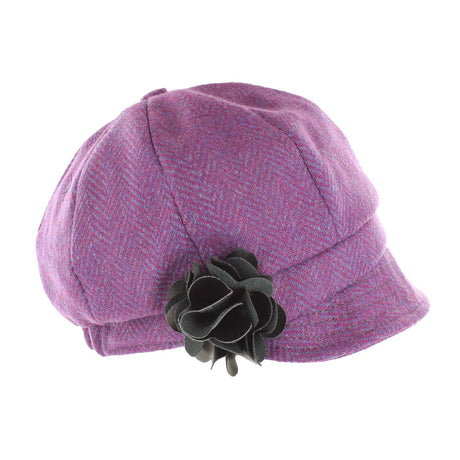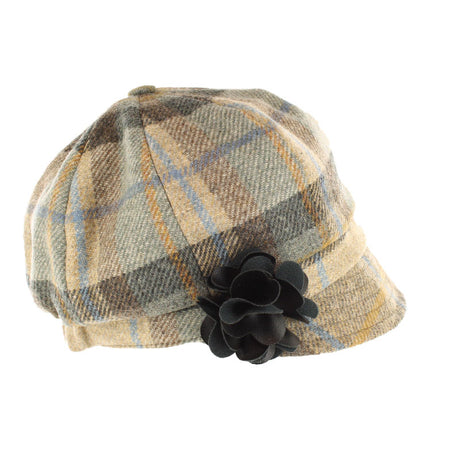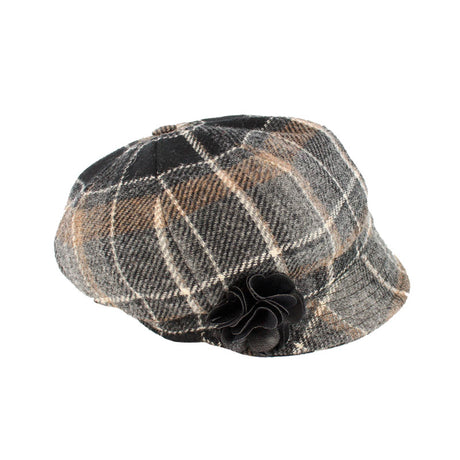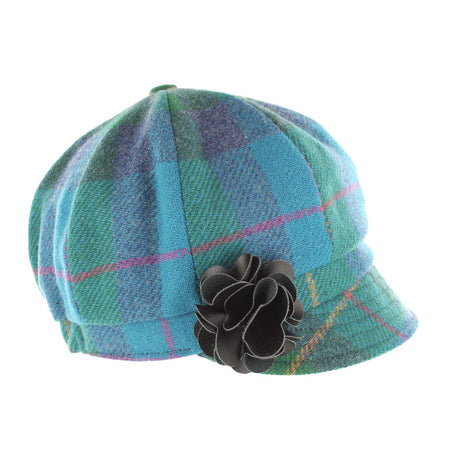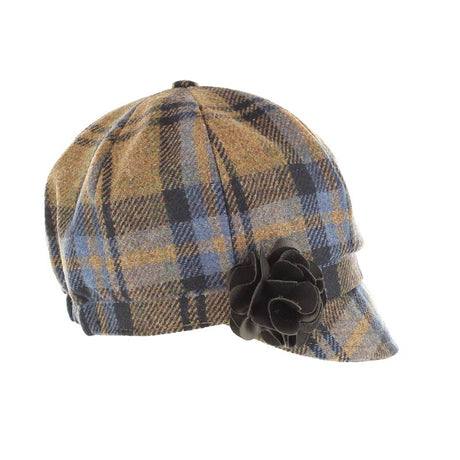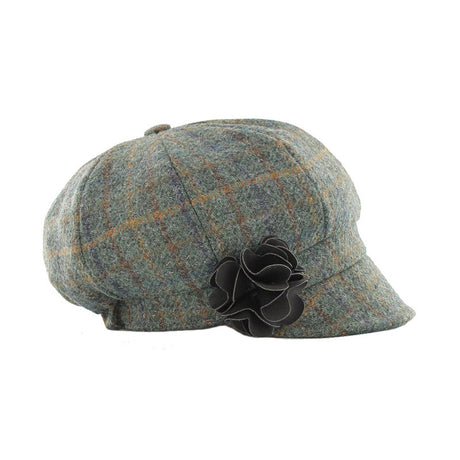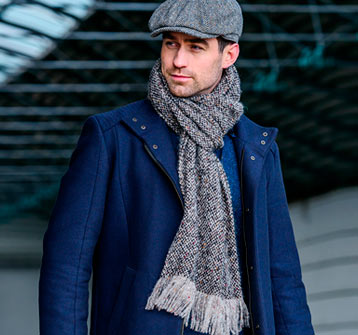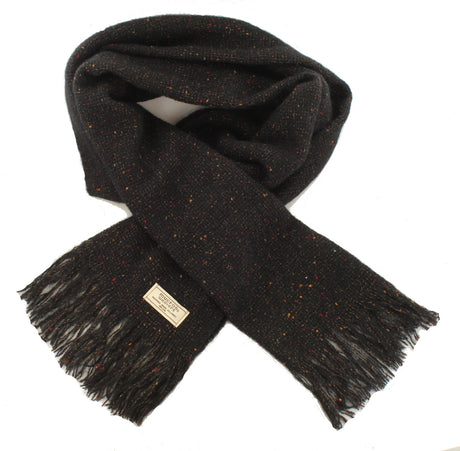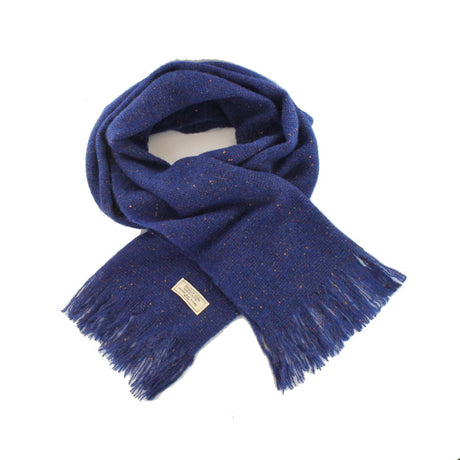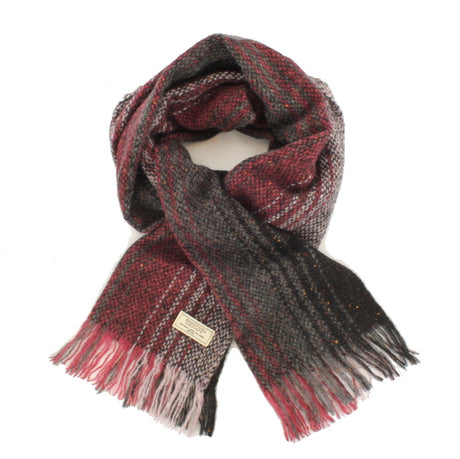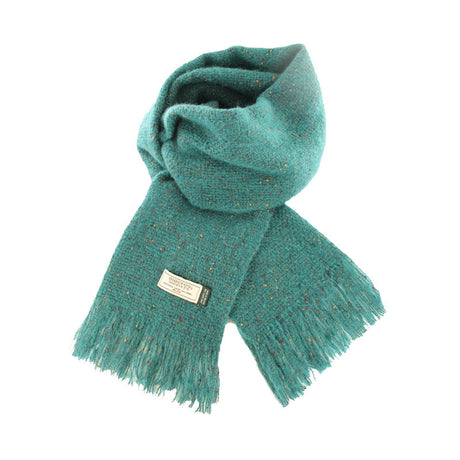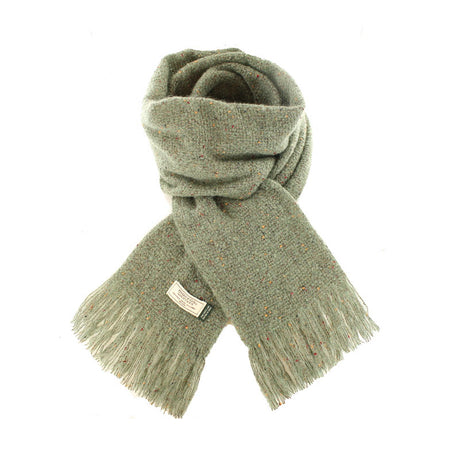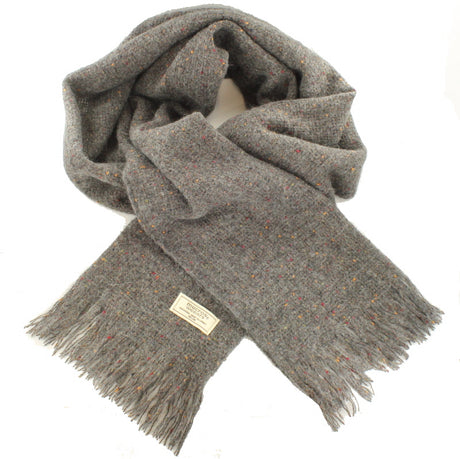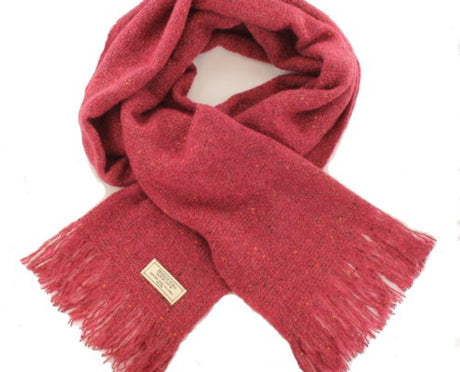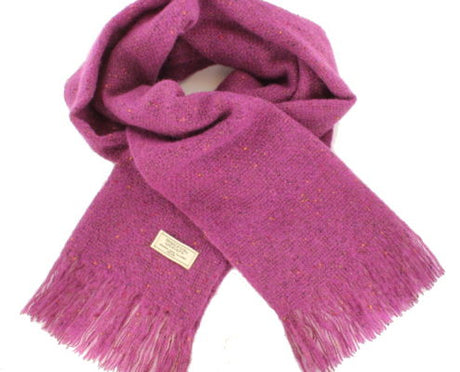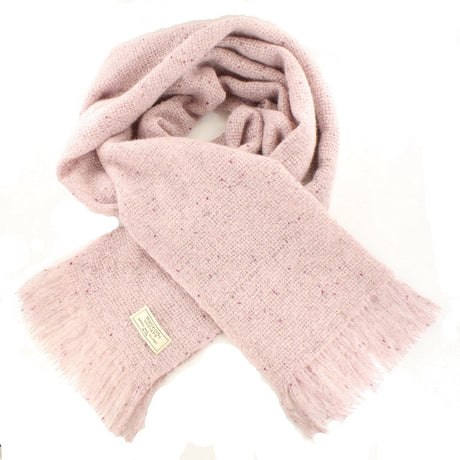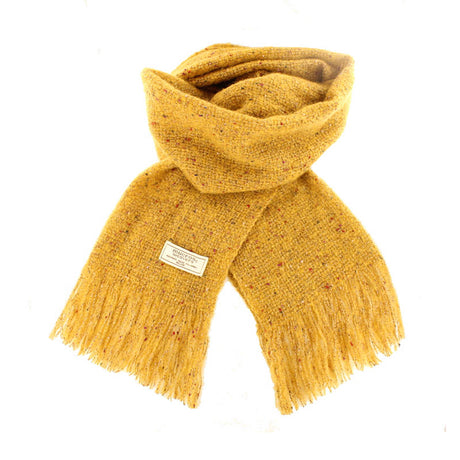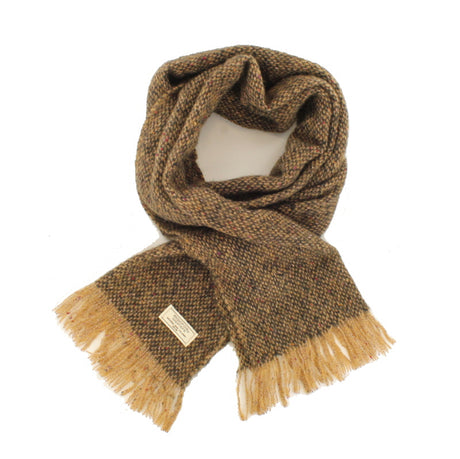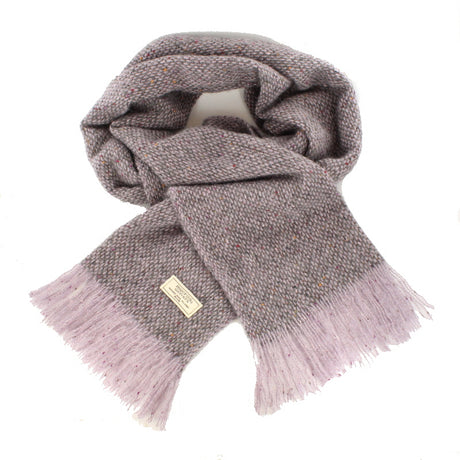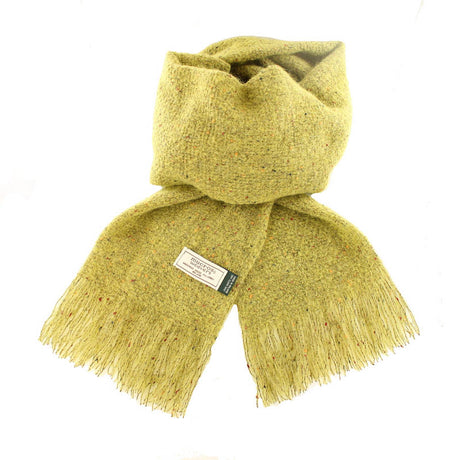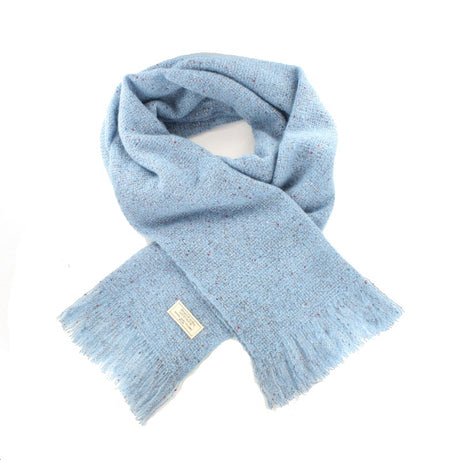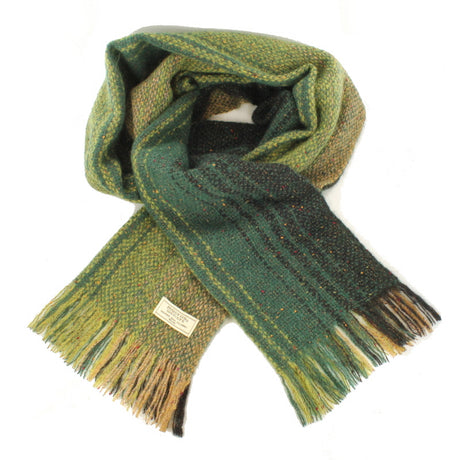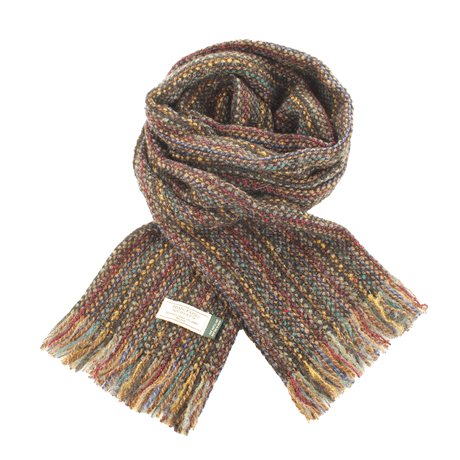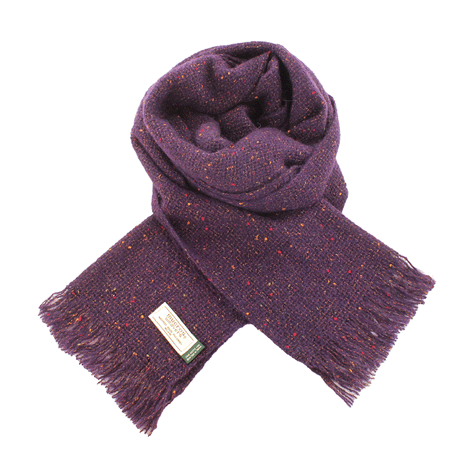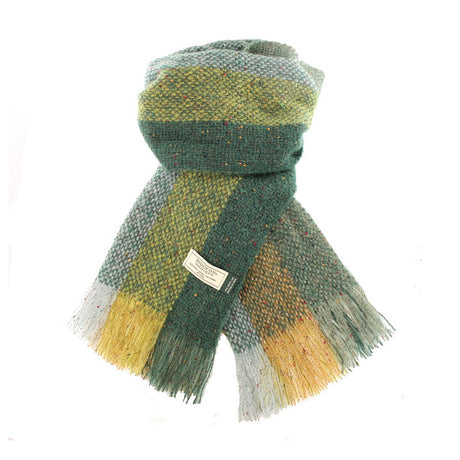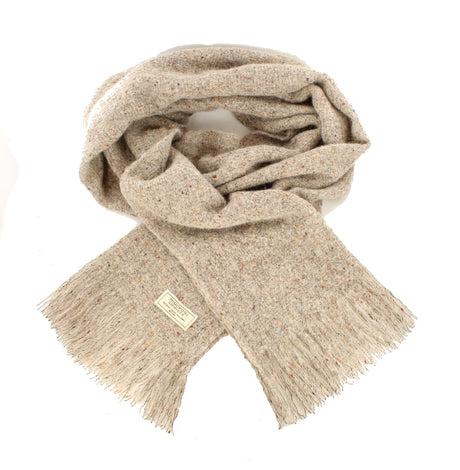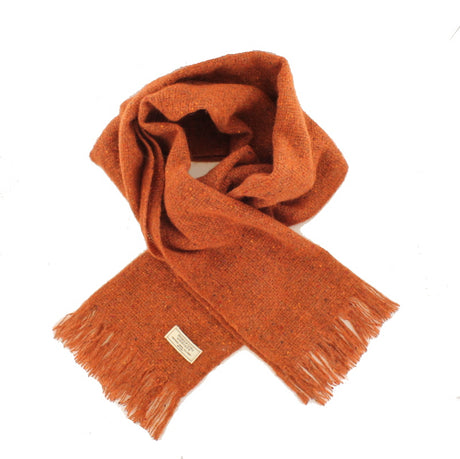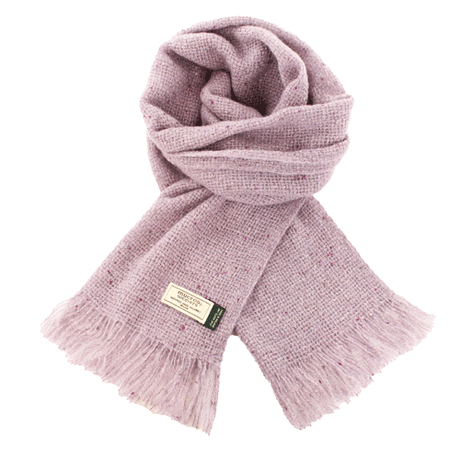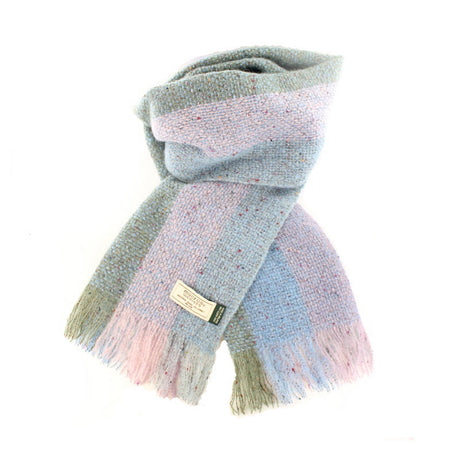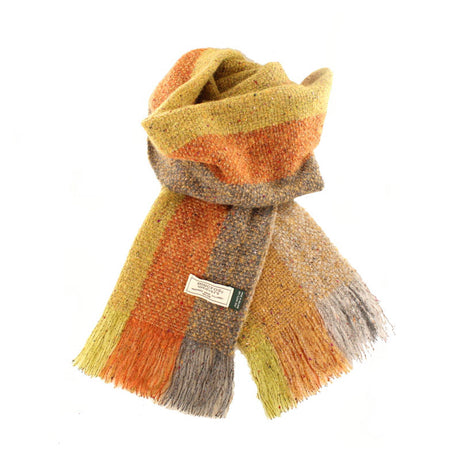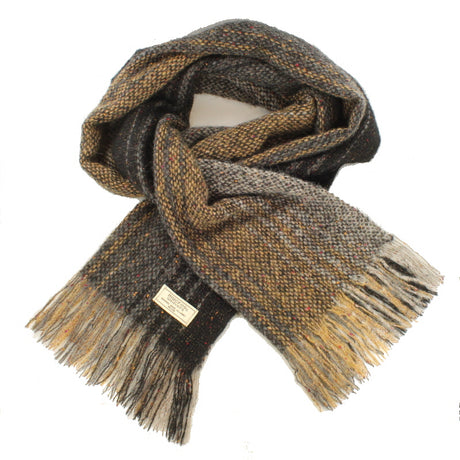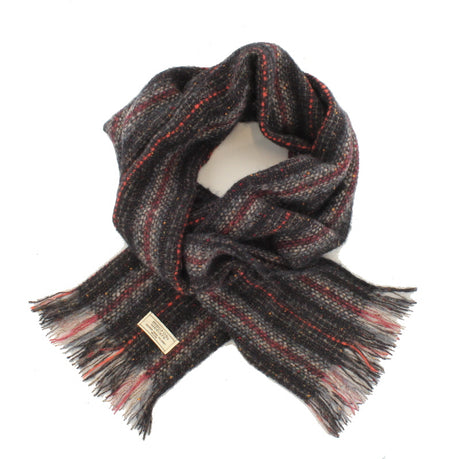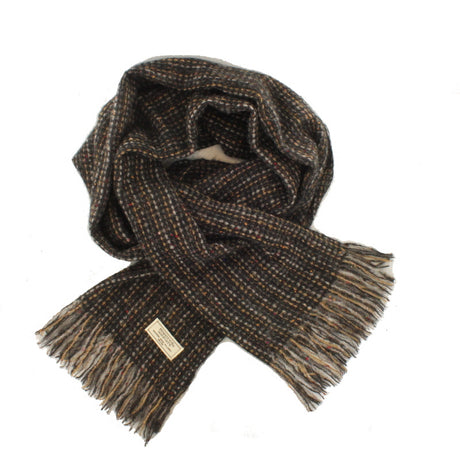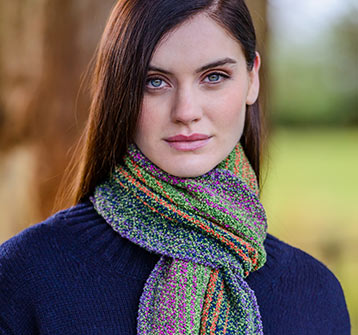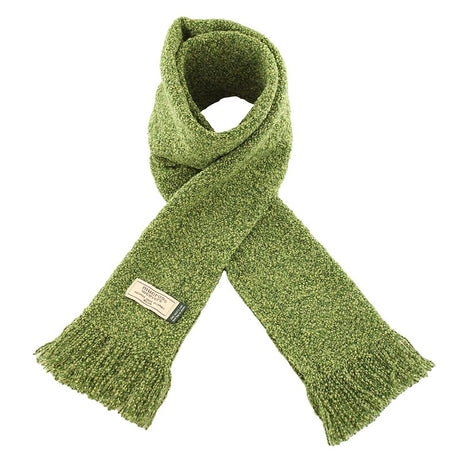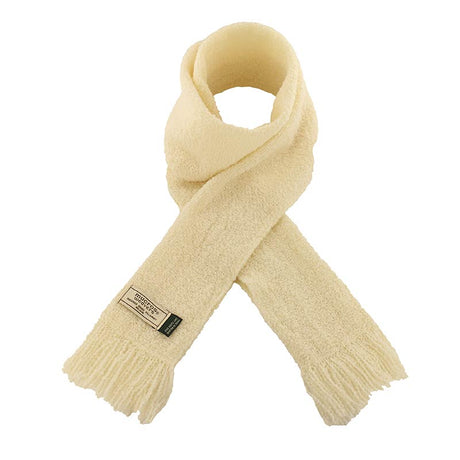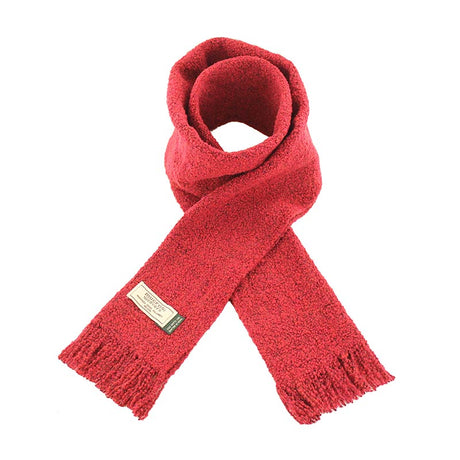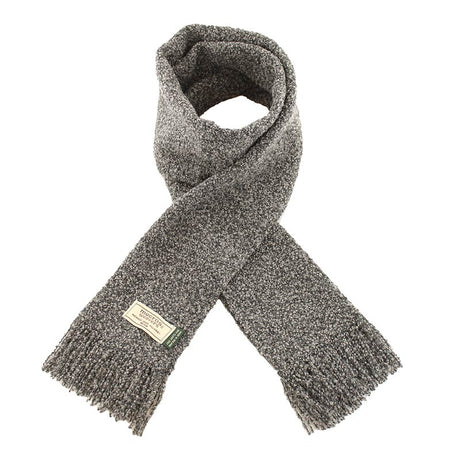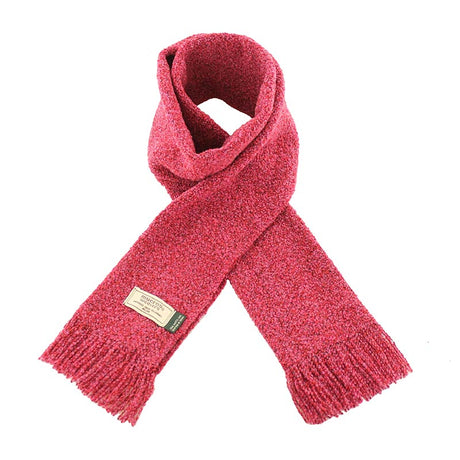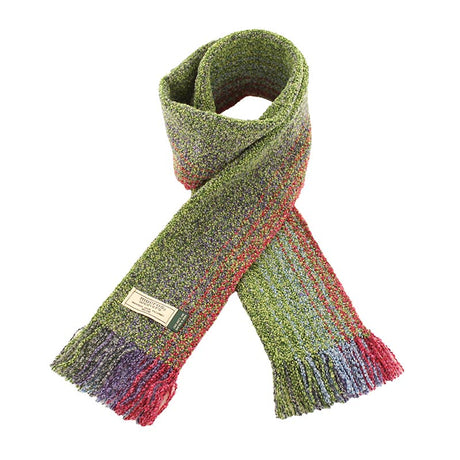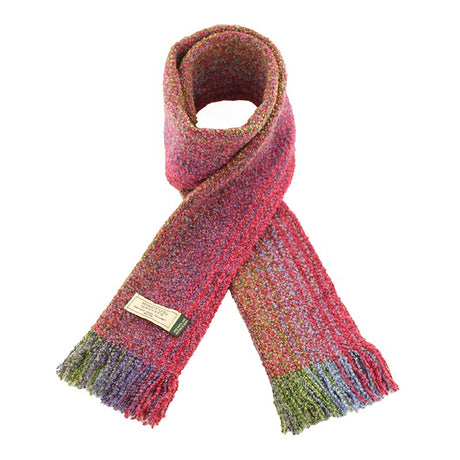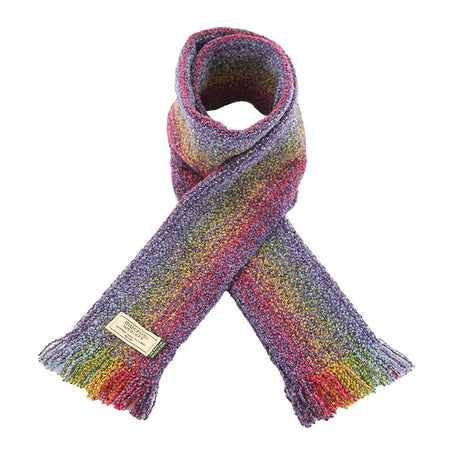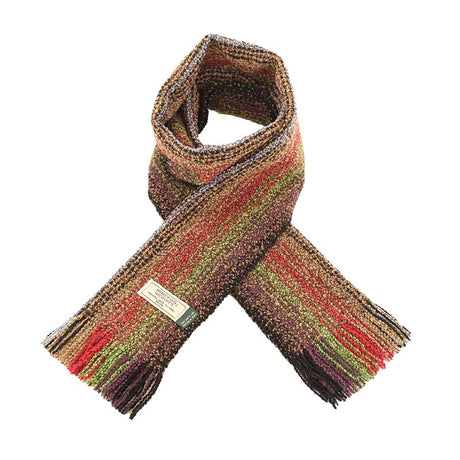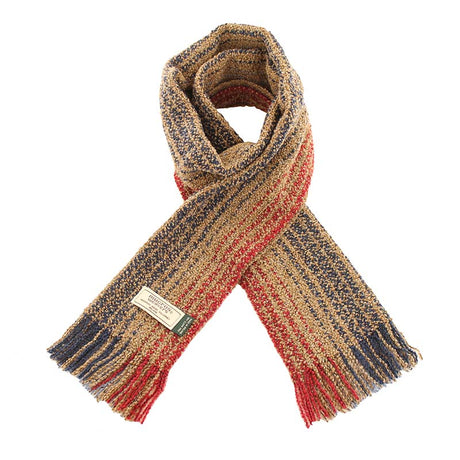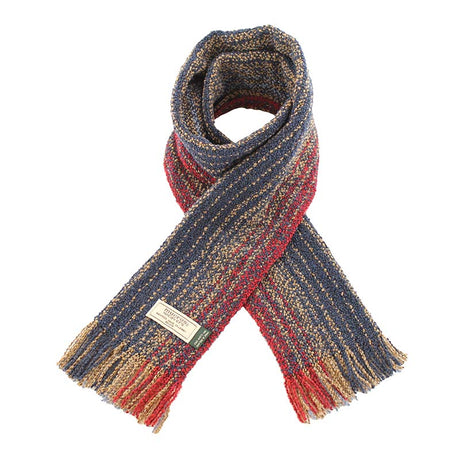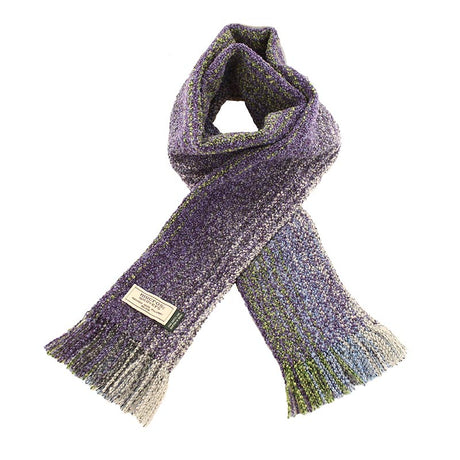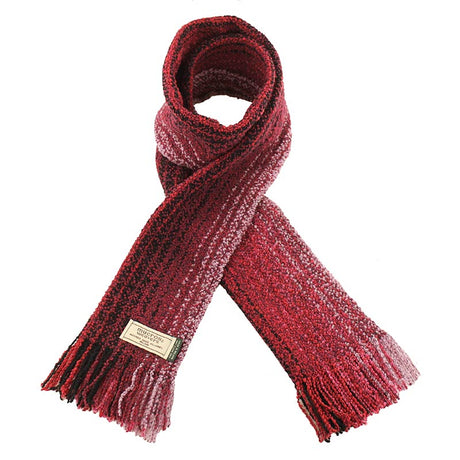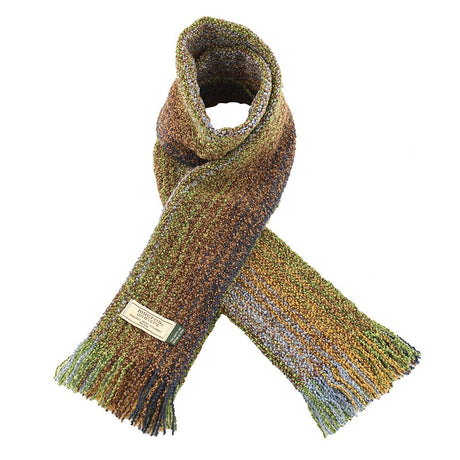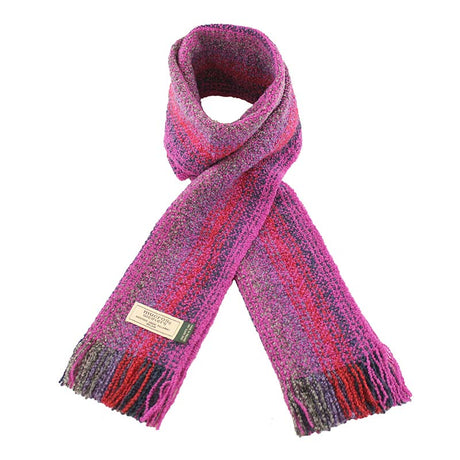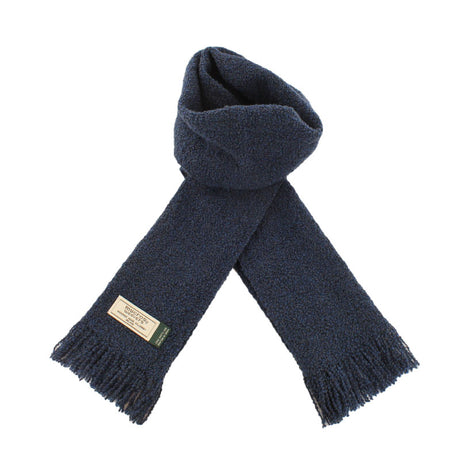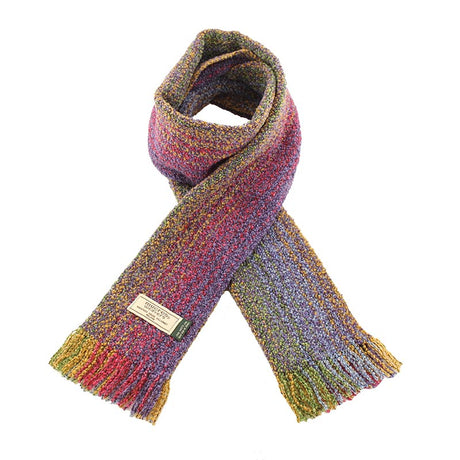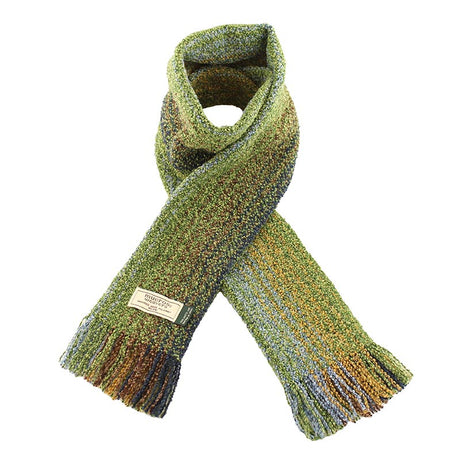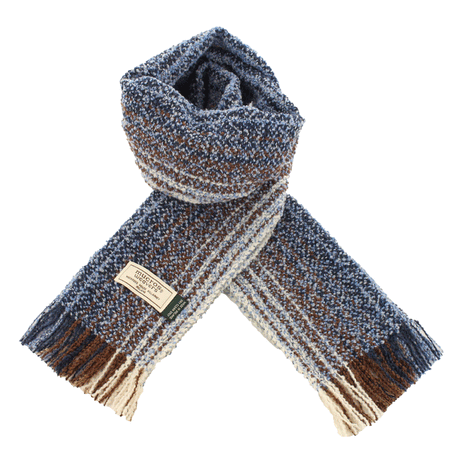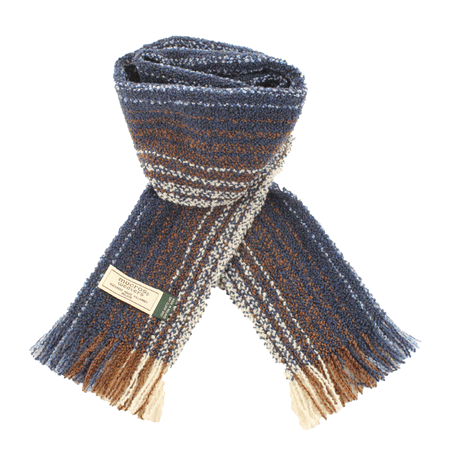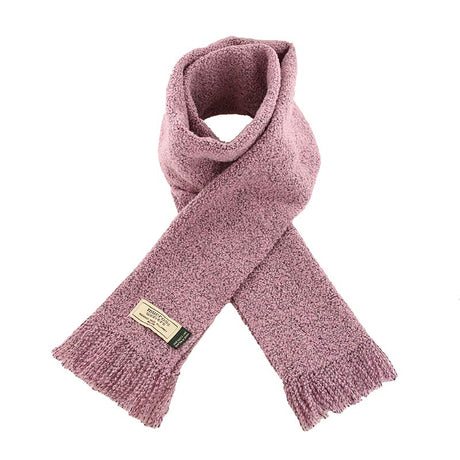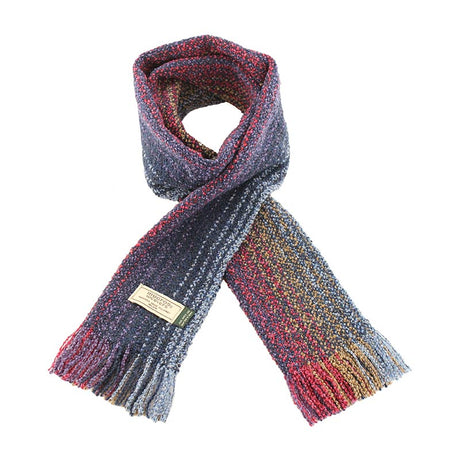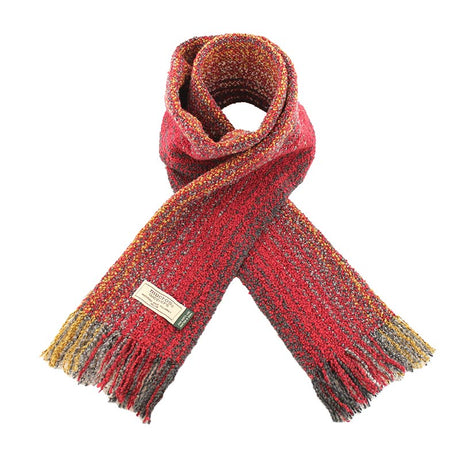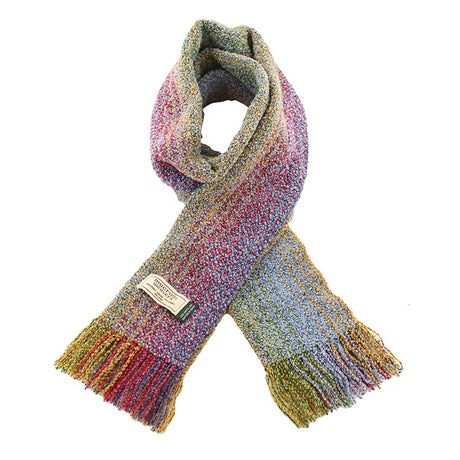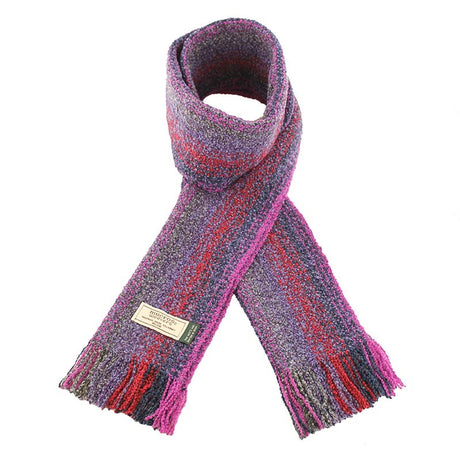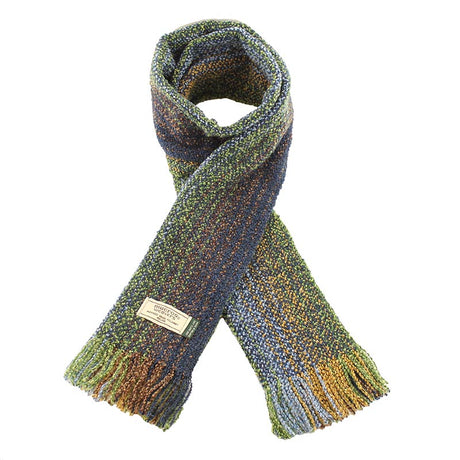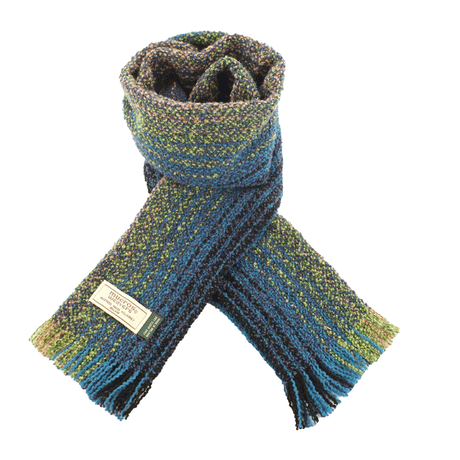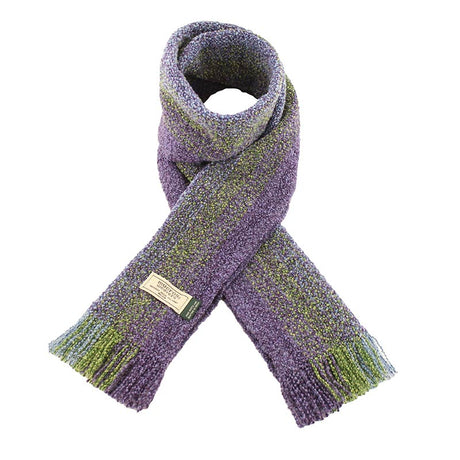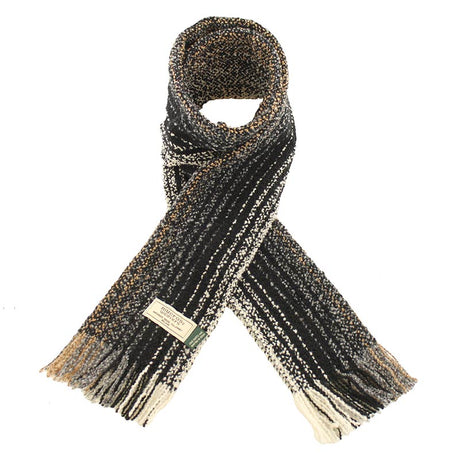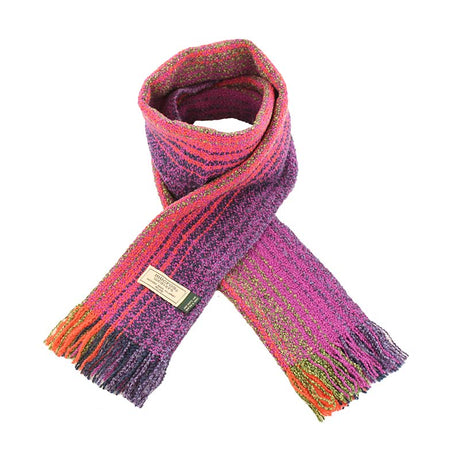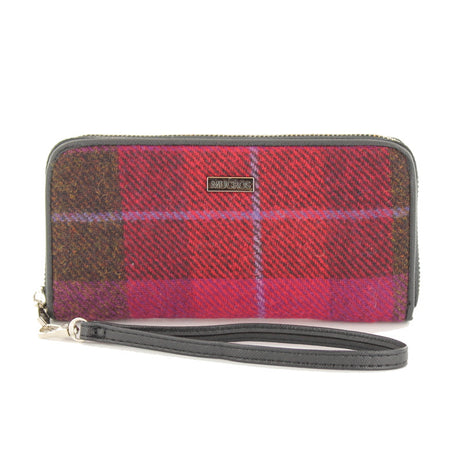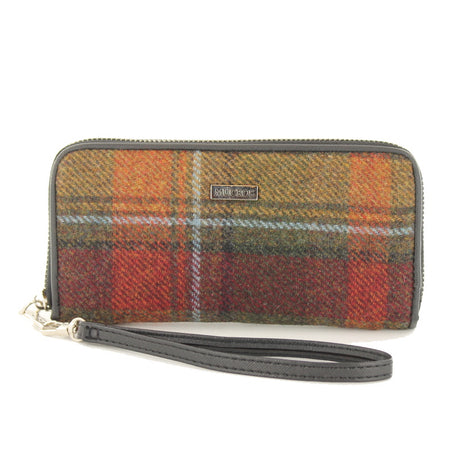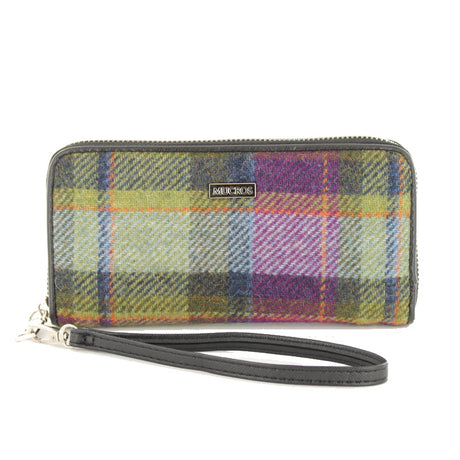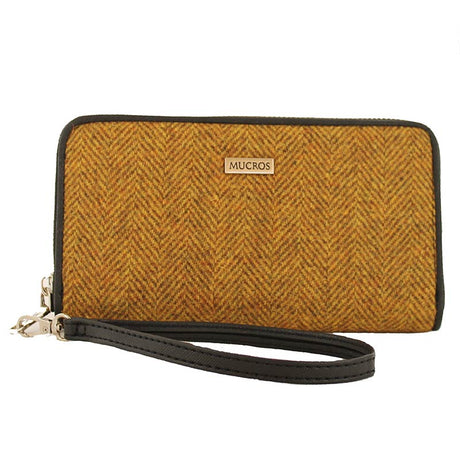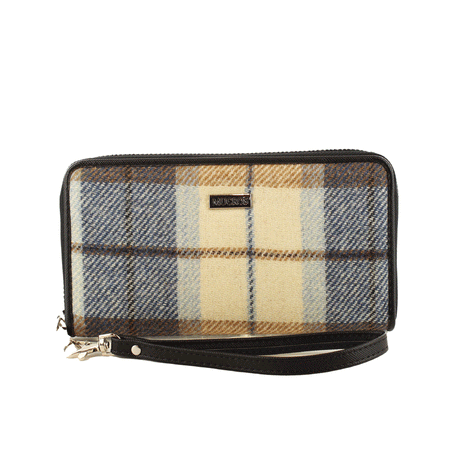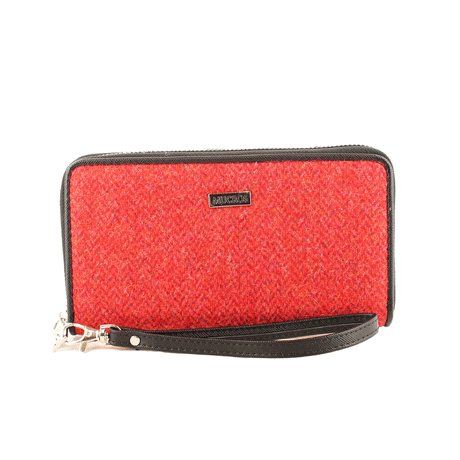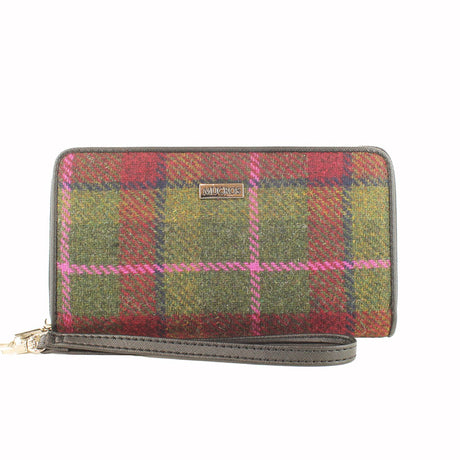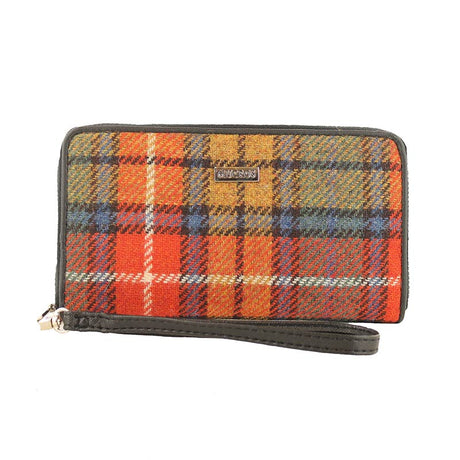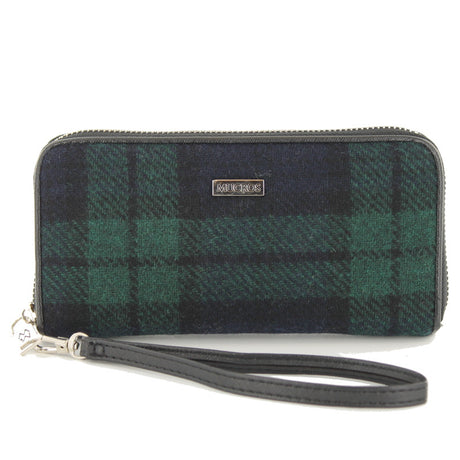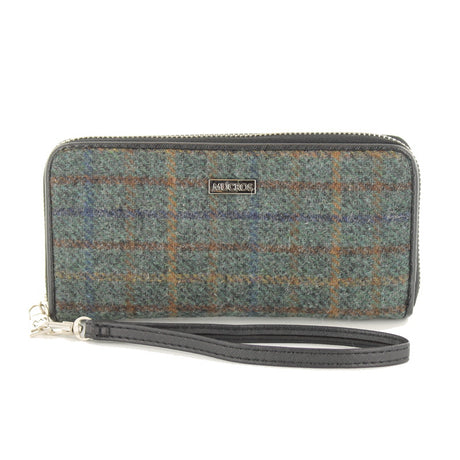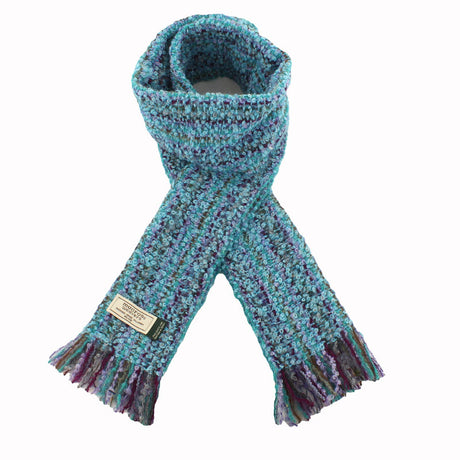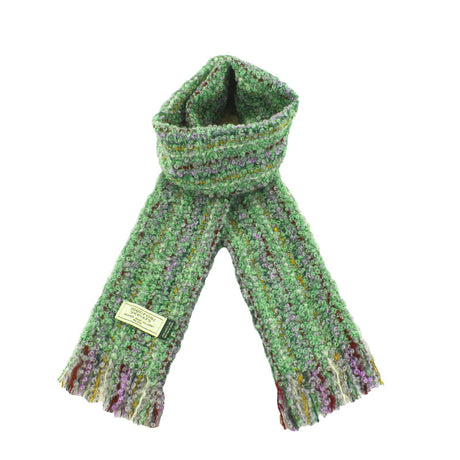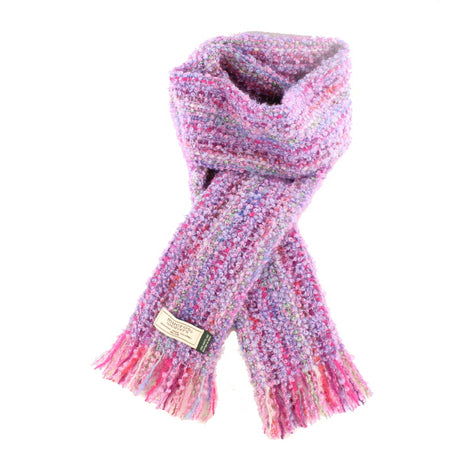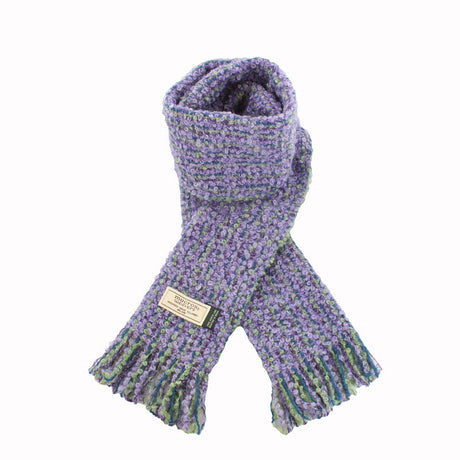Master weaver and designer John Cahill has been a key figure at Mucros Weavers for almost half a century.
Here, he shares the rich history and evolution of this Irish craft business since its founding in the mid-1970s. From its humble beginnings as a way of preserving traditional crafts to its current status as a thriving international wholesale operation, which reinjects its profits into both new product design and apprenticeship programs to preserve the craft of weaving for future generations.
John discusses the Mucros Weavers journey, its commitment to quality, and how it has navigated the global business world in recent decades, offering a fascinating glimpse into the challenges and triumphs of maintaining traditional craftsmanship in a modern market.
Interview
Real Irish: Hi John, I read that you started at Mucros Weavers from the very beginning in 1976, so the half century is coming up soon? I’m sure you’ve seen lots of changes over that time!
John Cahill: That’s true. I started in '76 after school. The idea back then was to set up an apprenticeship program at Mucros to keep the old Irish crafts alive. There was a weaving workshop, a bookbinding workshop, and a pottery workshop — all aimed at showcasing crafts to the public and selling the products in shops.
We started with apprenticeships, but after a while, we realized the funds weren’t there to really support it in that format, so the trustees of Mucros decided to turn the weaving part into a business and to try to support the crafts that way. By the late '80s, we began attending trade fairs, attending the likes of Showcase in Dublin, and from 2002, we started selling in America. It’s been a great success.
Real Irish: Was 2002 your first real break into the U.S. market?
John Cahill: Yes. We’d had a few American customers before 2002, but that year, we went to the Irish Show in New Jersey and things took off. We went from around 10 accounts in the US to over 300 today. During COVID, our business really grew because we kept in touch with our customers, sending cards and maintaining those relationships.
Real Irish: What does the Mucros Weavers operation look like today?
John Cahill: We’ve got about 20 people in production and dispatch, and we also run two shops. But the main part of our business is wholesale. About 90 to 95% of our products end up in the U.S., and we sell to a lot of places across America — both bricks-and-mortar shops and online, among them Real Irish who we’ve had a great relationship with for many years, and hopefully many more to come!
Real Irish: What do people say when they see your products at shows for the first time?
John Cahill: People often comment on the Irish connection. Our business is part of the Mucros Trust, so any profits go back into maintaining things like the traditional farm at Muckross House, which replicates Ireland in the 1930s. Visitors often tell us they’ve seen our products at Dublin or Shannon Airport, or they email us asking if our shops will be open when they visit Kerry. It's great to hear that, but the product itself has to stand on its own — it has to be well-made, well-designed, and well-priced. The fact that it’s Irish is a bonus.
Real Irish: Tell us about the Mucros range of products. Has it changed much over the years?
John Cahill: The range has expanded over the years. We started with scarves and stoles, but by the early 2000s, we realized we needed a bit more variety. Today, our range is broad. Color plays a huge role in what we do. People are often drawn to our products because of the vibrant colors, especially in the ladieswear. Even if they end up buying a black-and-white scarf, it's the color that catches their eye in the first place.
Real Irish: Could you tell us a little about the weaving process?
John Cahill: Yes, we would have started years ago with handweaving to preserve that craft, and while we now use motorized looms, each scarf is still made individually. Bigger companies might weave six scarves at a time and then cut them, but we do one at a time with finished edges. It’s very close to handweaving, just the next step up.
Real Irish: How do you source your yarns?
John Cahill: For the past 40 years, we’ve attended a yarn show in Florence in Italy, where all the major yarn companies gather. We source a lot of beautiful yarns from Italian mills, always aiming to bring vibrant colors into our range. As I said earlier, customers are often attracted into the shops because of the colors, even if they end up buying something a bit more traditional.

Shop Mucros Weavers' Newsboy style cap here!
Real Irish: Weaving is such a traditional skill set. Are people still interested in learning the craft? How do you attract workers?
John Cahill: It can be challenging because most people these days want to go to college and into different fields, and good luck to them. We do offer apprenticeships, but we never force anyone to stay. Some come in on a three-month contract, and if they like the work, we train them on the looms. We have people here who’ve been with us for over 20 years, and we hope that they’ll be hear and helping to train the next generation when the time comes.
Real Irish: You’re also the designer at Mucros Weavers. How do you approach the design process?
John Cahill: Yes, I design the range, but we also bring in independent designers for fresh perspectives. When we’re working on design, one of the most important things is not to have tunnel vision, so we work hard to collaborate to keep the range innovative. Before trade shows, we often consult with different customers to see how our ideas resonate.
Real Irish: When you look around the high street now you’re never far away from mass-produced woolen products. How do you differentiate your products from that?
John Cahill: We really try to focus on quality. We’ve moved into the mid-to-high-end market, and one of the things we are always emphasizing is the story behind Mucros, our production process and the skills and attention that go into it. Many shops in the U.S. come to Ireland to visit, and when they do we invite them in to see our workshop.
Real Irish: What does the future hold for Mucros?
John Cahill: We’re aiming to keep growing. The goal is to make the Mucros brand as recognizable as something like Avoca. We’ll keep adding new shops and bringing fresh ideas to our customers. The world is always changing and you have to keep up. We’ve started using Instagram to showcase our products over the past few years, and that has been a big addition. People are finding us in ways we never would have imagined years ago!























